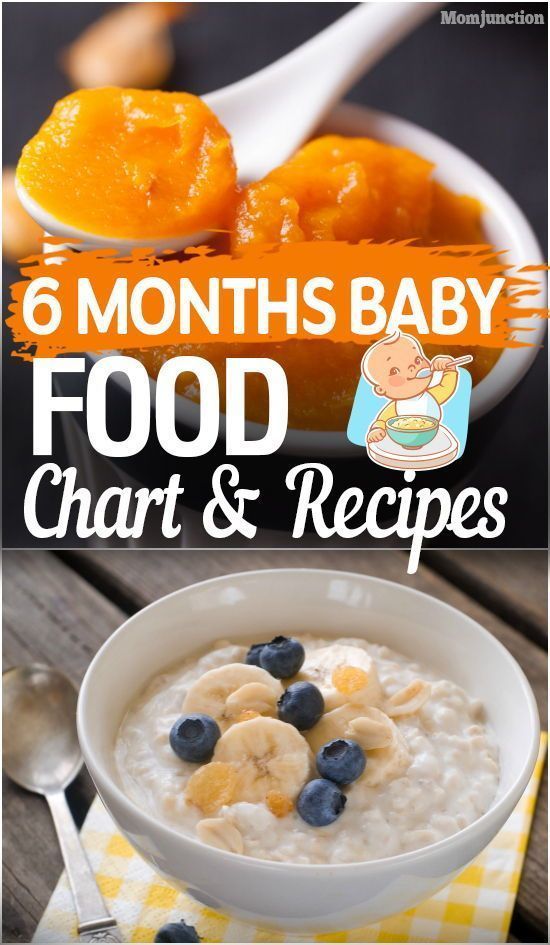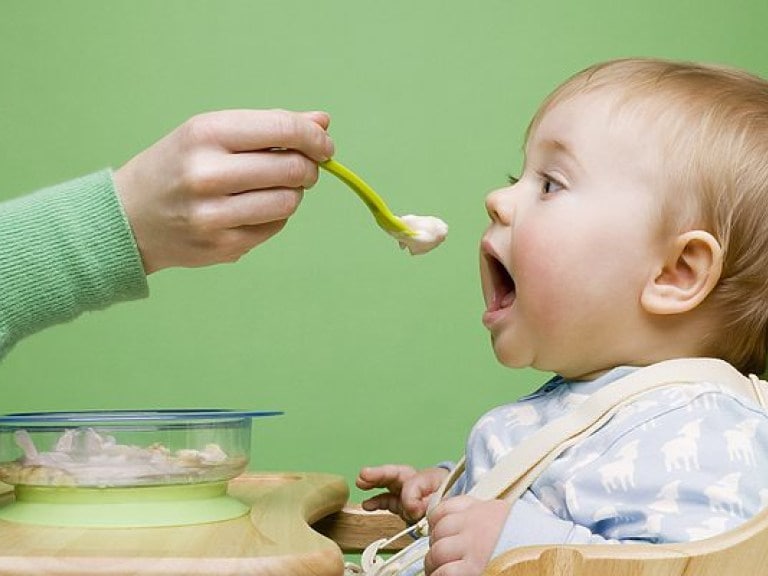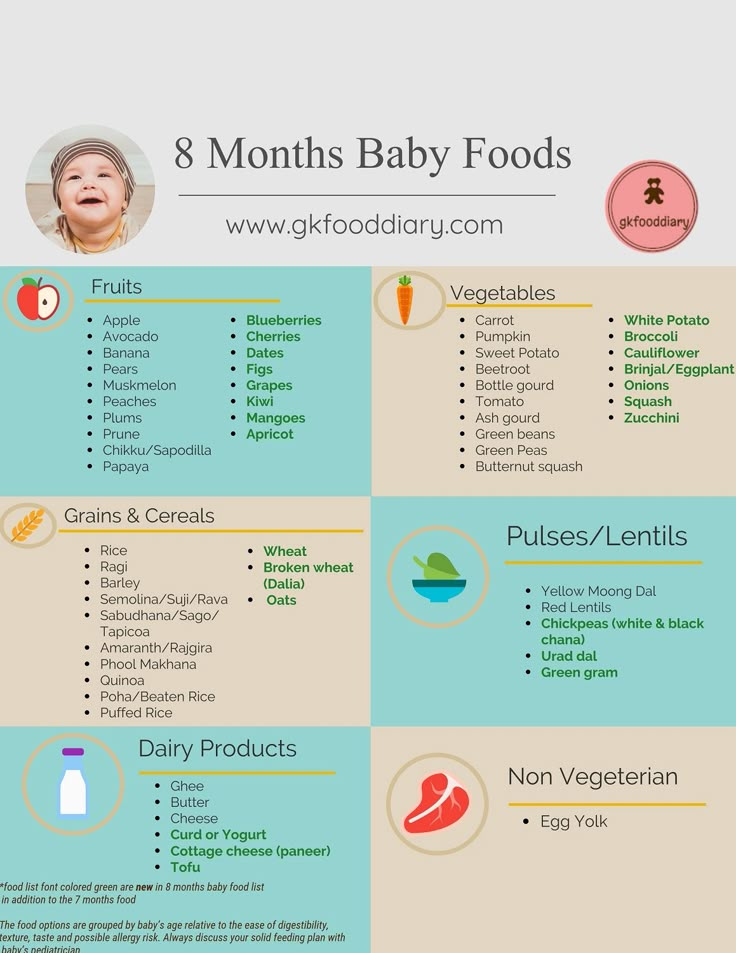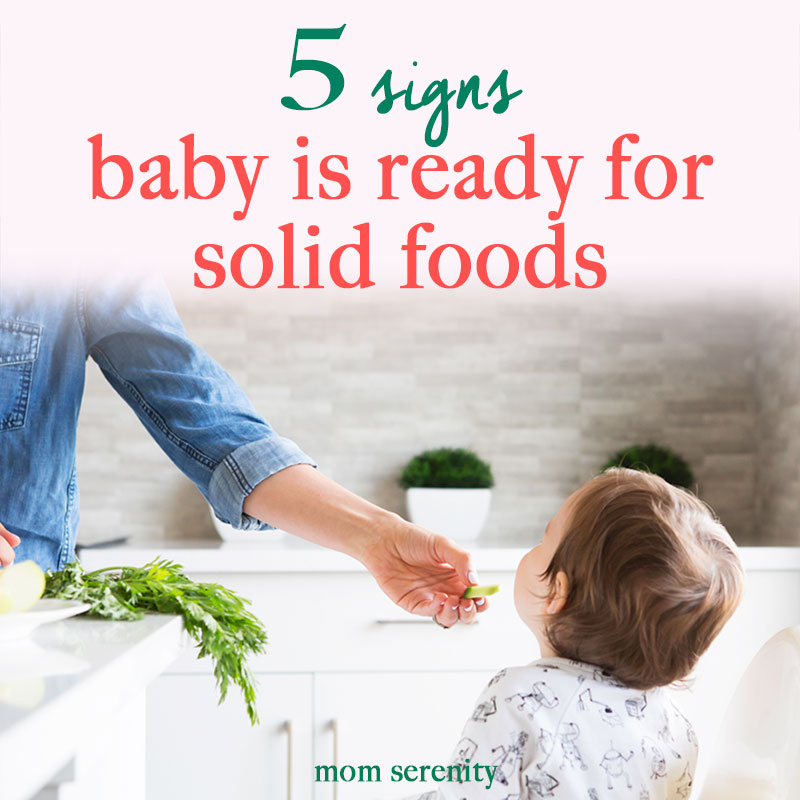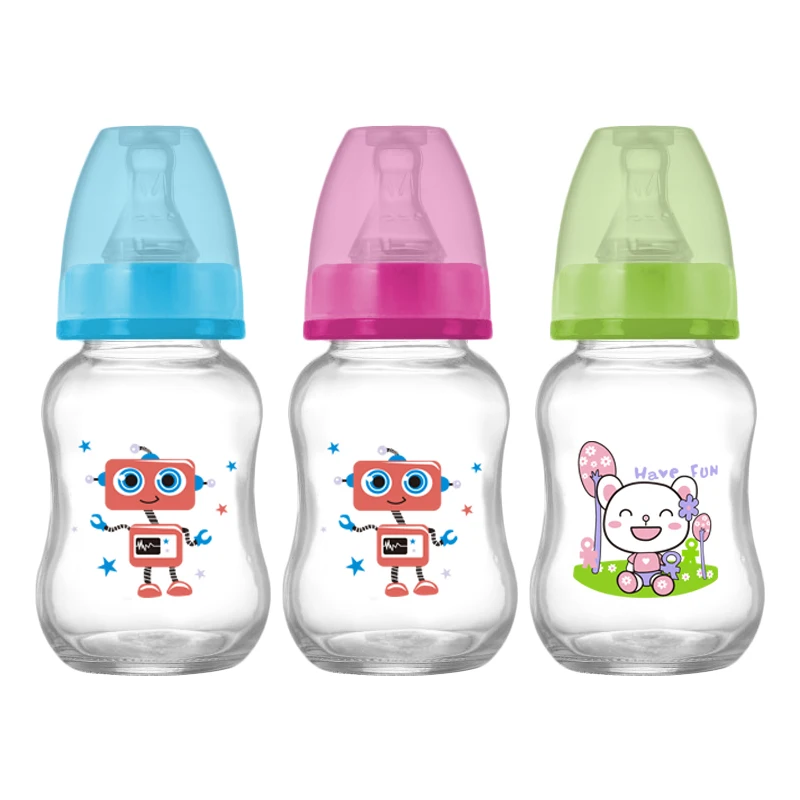Enfamil baby feeding chart
How much Enfamil formula to feed newborn:[All you need to know]
There is nothing cuter than seeing a baby feed. This isn’t even arguable!
They are just so adorable. However, the thought of not feeding your child enough food is horrifying.
Every child is different from the other, and the fact is, it is challenging to feed a baby. There is no definite or standard pattern of feeding that works with every child.
Observing your baby’s feeding pattern will help you get to know the following questions.
How much Enfamil formula your baby needs per day?
How often the bottles are administered?
When the gaping between the feeds?
Watch the video “How much Enfamil formula to feed newborn?”[4 mins 39 secs]
Children, especially newborns, tend to feed often. This is because they can only hold a small capacity of food in their tiny, little stomachs.
Newborns are fed on demand that is when they show signs of hunger. These signs could include crying, those suckling noises babies make.
Or even putting fingers in their mouths. This is an exciting way of communicating.
On average, you need to feed your newborn 8-12 times a day. That is 5 – 10 bottles a day.
After knowing this, schedule your feeding to be after every 2 to 3 hours. Ensure to observe the signs mentioned above between the hours, to avoid starving your child.
While feeding the baby using a bottle, the baby will take two to three ounces (60-90 milliliters) at each feeding in. Seek medical advice if the baby doesn’t seem interested in feeding.
If the baby seems happier, relaxed, and satisfied, produces about six to seven wet diapers daily with several stools in a day, then you do it, right friend!
You should also see that the baby sleeps peacefully and is steadily gaining weight.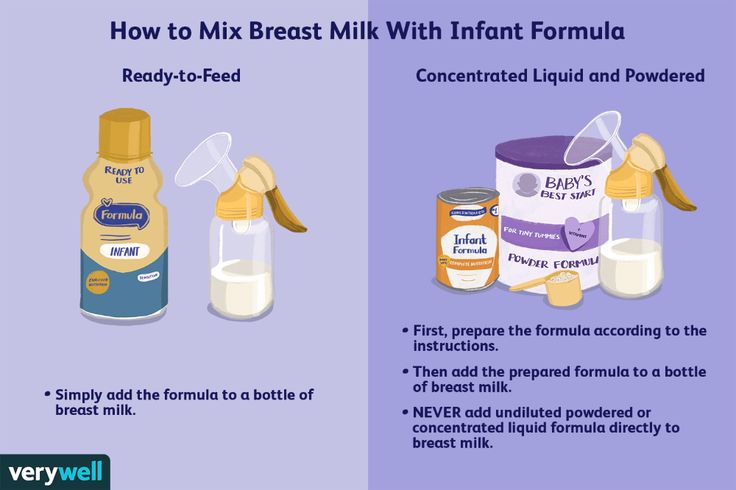 This is undoubtedly the signs of healthy growth.
This is undoubtedly the signs of healthy growth.
However, if the formula milk leaves the child with a gassy stomach and aches, you should immediately call a doctor for help.
When feeding, it’s normal for a baby to swallow air. This air makes the sweet baby fussy and uncomfortable, and therefore you must burp your child while feeding them.
You’re your baby every 2-3 ounces and keep the routine when feeding your child to avoid the fussy feeling.
Now you know how much Enfamil formula you need to feed your child, when, and how.
What remains is being that awesome dad or mom to your child. Build the bond and strengthen love. As the child grows, you will notice feeding times become fewer, but the amount increases.
For example, for your newborn, 0-2 months, you will need 5-10 bottles per day, each bottle with 59 milliliters.
When the baby is 3-5 months old, the bottles reduce to 4-7, but the amount per bottle increases to 89 milliliters.
At six months, your toddler will be taking only 4-5 bottles per day, each holding 135 milliliters.
7-8 months old baby will take 4-6 bottles of Enfamil formula, each with 135 milliliters.
Do you notice the change?
Consequently, caring and loving your child is unique to every mom and dad. Only you know how best to love and care for your child.
And it begins with how you feed your child. So, do it in the best way your know-how! Good luck!
Key References
1.Baby Feeding Schedule: A Guide to the First Year. Link
2.Feeding Patterns. Link
3. How Much to Feed a Baby | Enfamil CA. Link
4. How Much and How Often to Feed Infant Formula. Link
Baby formula feeding chart: How much formula by weight and age
Is your baby getting too much or too little formula? It's an important question that worries many new parents, especially those with newborns.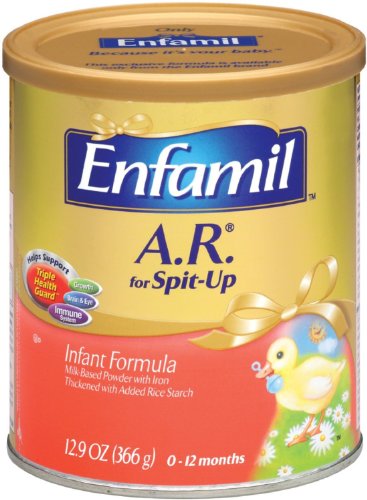 When deciding how much formula to give your baby, it's important to watch their hunger cues as well as looking at guidelines based on age and weight. In general, before they're eating solids, babies need 2.5 ounces of formula per pound of body weight each day.
When deciding how much formula to give your baby, it's important to watch their hunger cues as well as looking at guidelines based on age and weight. In general, before they're eating solids, babies need 2.5 ounces of formula per pound of body weight each day.
These guidelines are for babies who are exclusively formula-fed for the first 4 to 6 months, and then fed a combination of formula and solids up to age 1. If your baby is getting a combination of breast milk and formula, talk to their doctor for separate advice.
Your pediatrician can tell you where your baby falls on the growth charts, make sure they're growing steadily on their own growth curve, and help you ensure that they're getting a healthy amount of formula. If you're ever worried about your baby's growth, behavior, or development, talk with their doctor.
How much formula for a newborn
For the first few days, offer your newborn 1 to 2 ounces of formula every 2 or 3 hours. (At first, newborns may only take a half ounce of formula at a time. )
)
After the first few days, give your newborn 2 to 3 ounces of formula every 3 to 4 hours.
Initially it's best to feed your formula-fed newborn on demand, whenever they show signs that they're hungry. Because your little one can't tell you when they want a bottle, you'll need to learn to read their hunger cues. Crying is often a late sign of hunger, so if you can, try to catch the earlier signs that it's time for a feeding.
Here are some hunger cues to watch for:
- Smacking or licking their lips
- Rooting (moving their jaw, mouth, or head in search of food)
- Putting their hands to their mouth
- Opening their mouth
- Fussiness
- Sucking on things
- Becoming more alert
- Crying
As time passes, your newborn will begin to develop a fairly regular feeding schedule. You'll become familiar with their cues and needs, and knowing when and how much to feed them will be much easier.
Formula feeding chart by weight
During the first 4 to 6 months, when your baby isn't eating solid foods, here's a simple rule of thumb: Offer 2.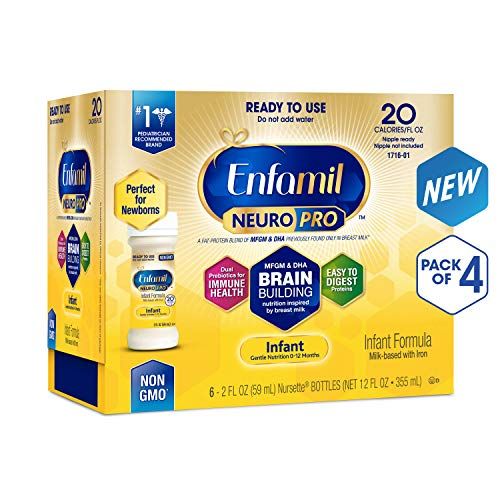 5 ounces of formula per pound of body weight every 24 hours, with a maximum of about 32 ounces.
5 ounces of formula per pound of body weight every 24 hours, with a maximum of about 32 ounces.
| Weight | Ounces of formula |
|---|---|
| 6 pounds | 15 fl oz every 24 hours |
| 7 pounds | 17.5 fl oz every 24 hours |
| 8 pounds | 20 fl oz every 24 hours |
| 9 pounds | 22.5 fl oz every 24 hours |
| 10 pounds | 25 fl oz every 24 hours |
| 11 pounds | 27.5 fl oz every 24 hours |
| 12 pounds | 30 fl oz every 24 hours |
These numbers aren't rigid rules. They offer a rough estimate for what your baby may need. Some babies will grow well while taking less than the recommended amount, while others consistently need more. Your baby's daily feedings will also vary according to their individual needs – in other words, they may want a bit more on some days and a bit less on others.
Formula feeding chart by age
Here are typical amounts per day based on age:
| Age | Ounces of formula |
|---|---|
| Full-term newborn | 2 ounces per bottle every 3 to 4 hours |
| 1 month old | 3 to 4 ounces per bottle every 3 to 4 hours |
| 2 month old | 4 to 5 ounces per bottle every 3 to 4 hours |
| 3 month old | 4 to 6 ounces per bottle every 3 to 4 hours |
| 4 month old | 4 to 6 ounces per bottle, 4 to 6 times a day |
| 5 month old | 4 to 6 ounces per bottle, 4 to 6 times a day |
| 6 month old | 6 to 8 ounces per bottle, 4 to 5 times a day |
| 7 month old | 6 to 8 ounces per bottle, 3 to 5 times a day |
From 8 months old until their first birthday, you can expect your baby to have 7 to 8 ounces per bottle, 3 to 4 times a day.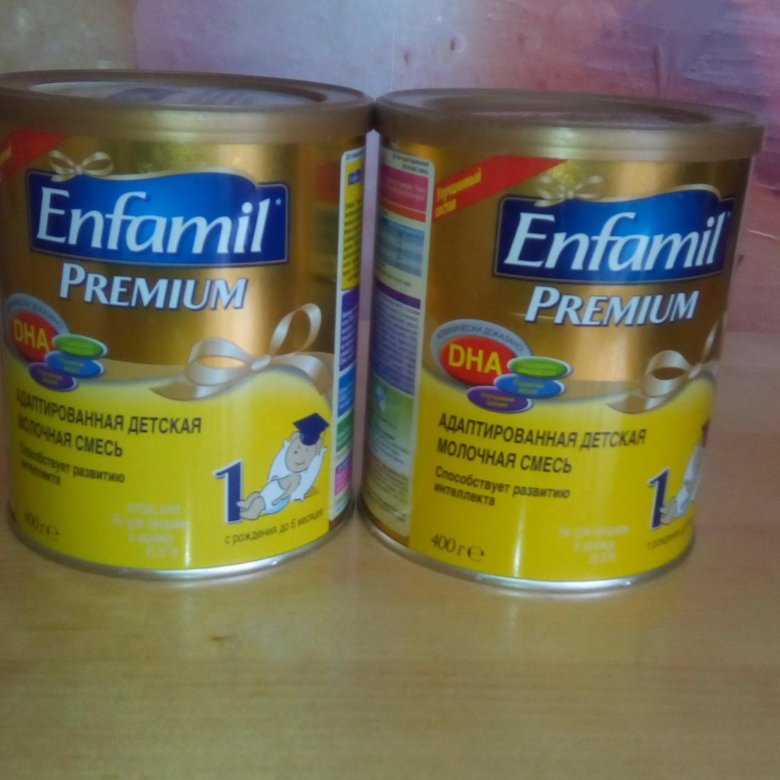
As your baby gets older – and their tummy gets bigger – they'll drink fewer bottles a day with more formula in each. It's important not to overfeed your baby so they'll stay at a healthy weight. Your baby shouldn't have more than 32 ounces of formula in 24 hours.
When they reach their first birthday, they can stop drinking formula and transition to cow's milk in a bottle, sippy cup, straw cup, or open cup. Limit your toddler to 16 to 24 ounces (2 to 2.5 cups) a day of whole milk, so they have room for other healthy foods.
Signs that your baby's getting enough formula
Here are signs that your baby's getting all the formula they need:
- Steady weight gain. They continue to gain weight after their first 10 days and follow a healthy growth curve during their first year. (Most babies lose up to 7 to 10 percent of their birth weight in the first few days and then regain it by the time they're about 2 weeks old.)
- Happy baby.
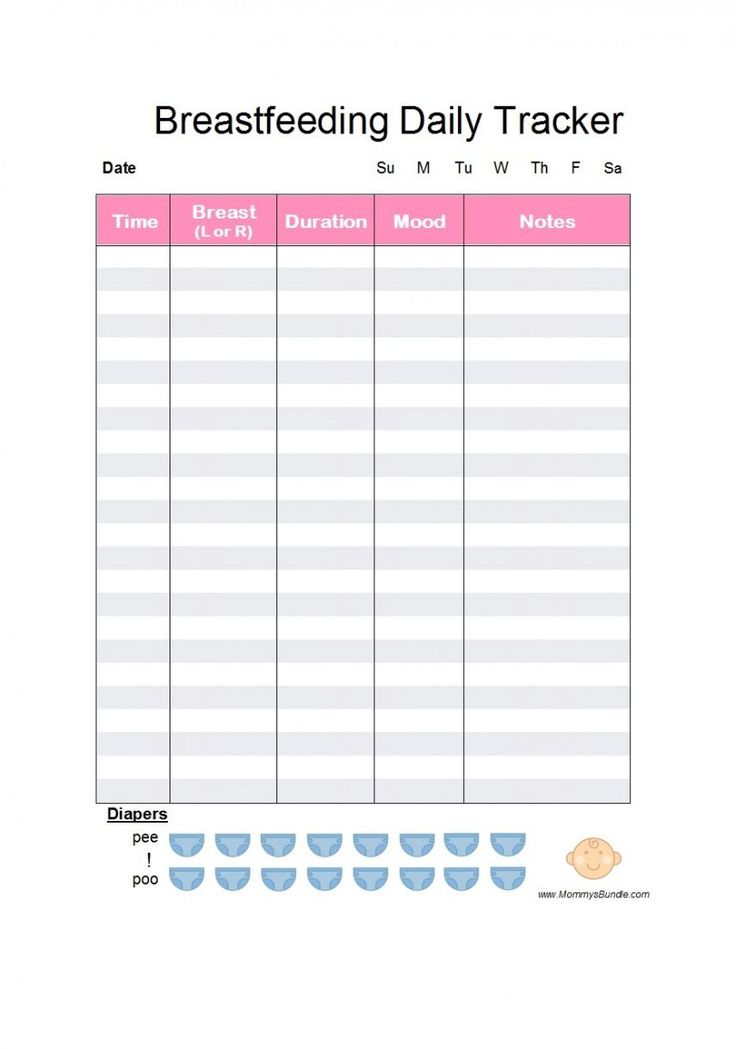 They seem relaxed and satisfied after a feeding.
They seem relaxed and satisfied after a feeding. - Wet diapers. They wet two to three diapers a day in the first few days after birth. Over the next few days, the amount should increase to at least five to six wet diapers a day.
Signs your baby's getting too much formula
Babies are usually good at eating the amount they need, but bottle-fed babies can drink too much at times. Here are the signs that they're getting too much formula:
- Vomiting after a feeding may be a sign that your baby had too much. (Spitting up is normal, vomiting isn't.)
- Tummy pain after a feeding can also be a sign of overfeeding. If your baby draws up their legs or their tummy seems tense, they may be in pain. (See other possible reasons for stomach pain in babies.)
If your baby seems to want to eat all the time, even after finishing a bottle, talk to your pediatrician. Using a pacifier may help soothe their need to suck.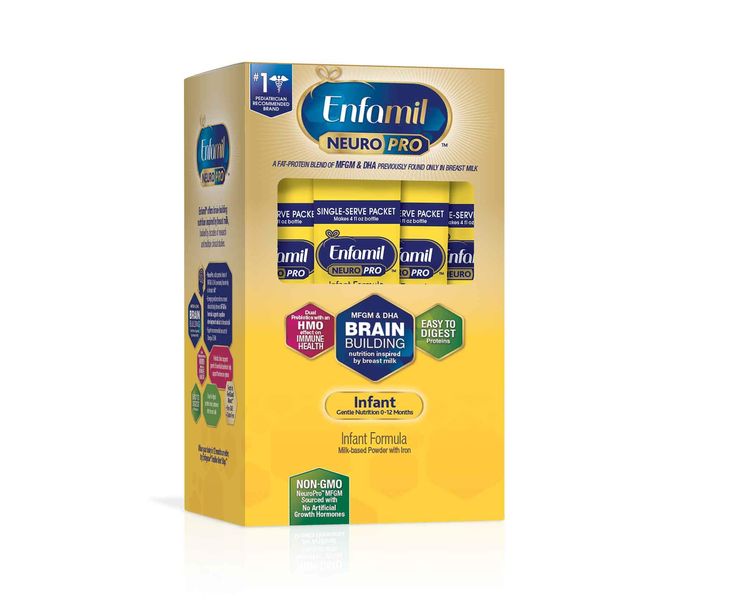
Formula-feeding tips
- In general, babies eat when they're hungry and stop when they're full, so resist the temptation to encourage your baby to finish each bottle. Overfeeding during infancy can contribute to obesity later in life.
- Don't respond to your baby's every cry with a bottle. They may be crying because their diaper is wet, they're cold or hot, they need to be burped, or they want to be close to you. (Learn more about why babies cry, and how to soothe them.)
- Your baby may be hungrier than usual during growth spurts. These typically occur 10 to 14 days after birth and around 3 weeks, 6 weeks, 3 months, and 6 months of age.
Read more:
- Formula Feeding Problem Solver
- How to safely store and use formula
advertisement | page continues below
enfamil composition of the mixture - 25 recommendations on Babyblog.ru
There are several types of cereals:
1.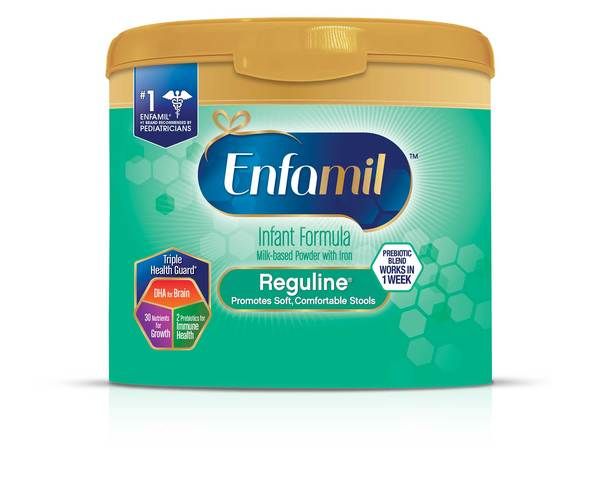 Dairy-free
Dairy-free
a. Gluten free
b. gluten
2. Dairy.
a. Gluten free
b. gluten-free
Here I will consider only dairy-free cereals, I will explain why below.
Of the cereal crops, rye and wheat are the most allergenic. Allergic reactions are caused by the following proteins of cereals: gluten contained in wheat and rye; hordein in barley; avenin in oats. Malt derived from barley also contains gluten. Cereals can be the cause of both true food allergies and celiac disease (gluten enteropathy).
That is why the first porridge for a baby must be gluten-free - rice, buckwheat or corn porridge (by the way, one of the components of ordinary corn porridge is corn starch, which is 80% gluten. Therefore, speaking of corn porridge, I mean look like industrially made porridge specially for children, and not ground corn, which is also called "polenta"). As I wrote above, the rest of the cereals: oatmeal, semolina, millet, barley, etc. - contain gluten and are not suitable as a first food.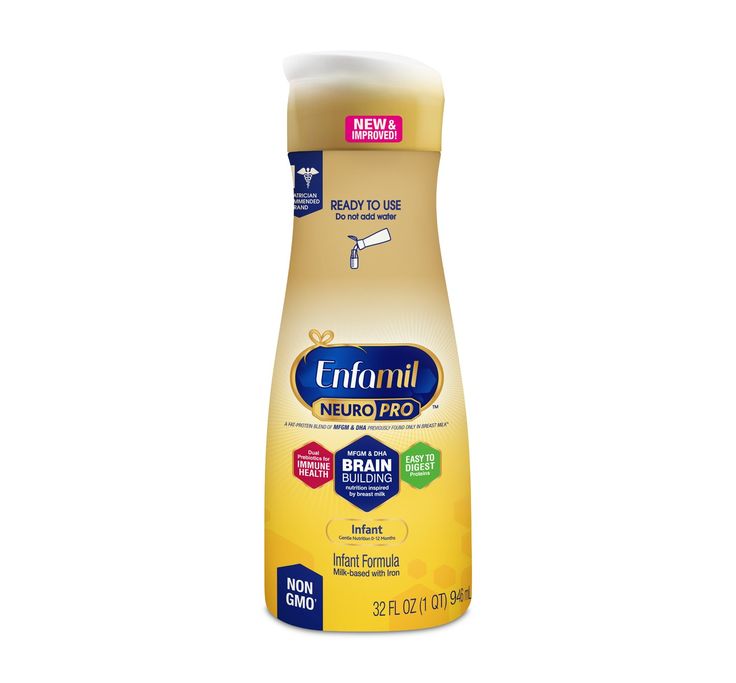
Porridge is best cooked with water, but if the baby is breastfed, it is allowed to cook porridge with expressed mother's milk. The same applies to artificial people - it is permissible to cook porridge on the mixture that the baby usually consumes.
If the baby has a tendency to constipation, then it is advisable not to start complementary foods with rice porridge. Best with buckwheat. Although they say that buckwheat is very allergenic, but this must be looked at by the child. If there is a tendency to allergies, then start feeding with rice, if there is constipation, then start with buckwheat. If there is a tendency to both allergies and constipation at the same time, then start complementary foods with corn, and then introduce oatmeal.
If the baby has no problems, then you can enter in this order - rice, buckwheat, corn or buckwheat, rice, corn. After these cereals are introduced, you can try oatmeal. Semolina porridge in view of its great nutritional value, but low fortification and usefulness, it is better to postpone for later and offer it to the baby after a year.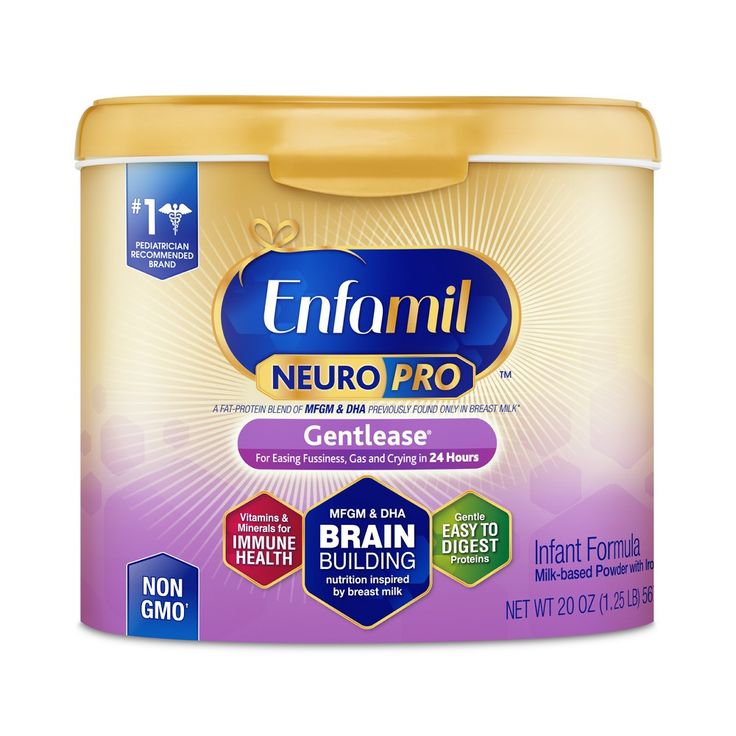 You can read more details here http://www.pregnancy.h2.ru/baby/kormlenie/manka.htm
You can read more details here http://www.pregnancy.h2.ru/baby/kormlenie/manka.htm
So, for the first complementary foods, these cereals are most suitable:
http://www.pregnancy.h2.ru/baby/kormlenie/cereals.htm#gerber
Rice gerber (Rice flour, calcium phosphate, contains less than 5% soybean oil and monoglycerides. Contains calcium, sodium, protein, vitamin A, vitamin C, iron, vitamin B1, vitamin B2, niacin.)
(by the way, I want to note that Gerber porridge is very liquid and if the child prefers thick porridge, then it will be difficult to achieve the desired density with Gerber. No matter how much I put porridge, it still remained liquid and even too liquid. The same problem overtook me with Beach Nut porridges. They are well bred, without lumps, Baby Sitter, Heinz, Winnie, Hipp)
http://www.pregnancy.h2.ru/baby/kormlenie/cereals.htm#hipp
Hipp buckwheat with vitamins (C, E, B1, B2, B6, B12, pantothenic acid, niacin, folic acid, biotin)
http://www.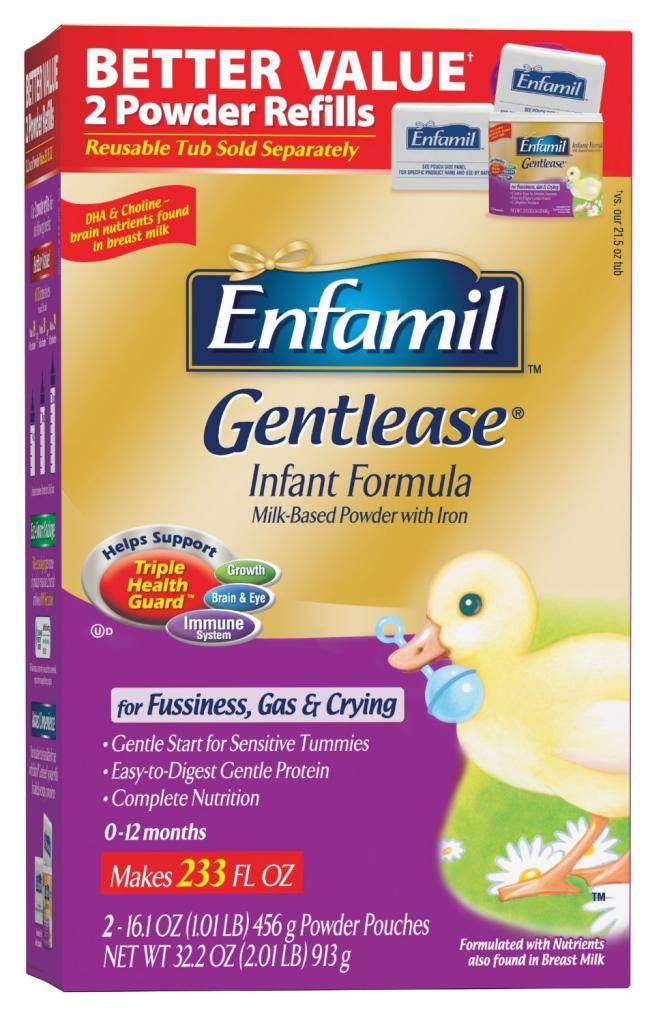 pregnancy.h2.ru/baby/kormlenie/cereals.htm - hipp
pregnancy.h2.ru/baby/kormlenie/cereals.htm - hipp
Hipp bio-rice water (highly digestible porridge. Contains vital vitamin B1. No crystalline sugar. Gluten free. Ingredients: rice flour*, vitamin B1.)
http://www.pregnancy.h2.ru/baby/kormlenie/cereals.htm#sitter
Baby rice sitter (Rice groats (gluten free), calcium phosphate, iron furumate, zinc oxide, potassium iodate, sodium selenate , vitamins: A, D3, K1, E, C, B2, B1, B6, B12, niacin, folic acid, pantothenic acid, biotin)
http://www.pregnancy.h2.ru/baby/kormlenie/cereals .htm#sitter
Buckwheat baby sitter (buckwheat (gluten free), calcium phosphate, iron furumate, zinc oxide, potassium iodate, sodium selenate, vitamins: A, D3, K1, E, C, B2, B1, B6, B12, niacin, folic acid, pantothenic acid, biotin)
http://www.pregnancy.h2.ru/baby/kormlenie/cereals.htm#sitter
Baby sitter corn (Corn grits (gluten free), calcium phosphate, iron furumate, zinc oxide, potassium iodate, sodium selenate , vitamins: A, D3, K1, E, C, B2, B1, B6, B12, niacin, folic acid, pantothenic acid, biotin)
http://www. pregnancy.h2.ru/baby/kormlenie/cereals .htm#vinni
pregnancy.h2.ru/baby/kormlenie/cereals .htm#vinni
WINNIE corn (contains cornmeal and vitamin B)
http://www.pregnancy.h2.ru/baby/kormlenie/cereals.htm#heinz
Heinz low allergenic buckwheat (sugar and gluten free)
http://www.pregnancy.h2.ru/baby/kormlenie/cereals.htm#heinz
Heinz low allergenic corn (sugar and gluten free)
http:/ /www.pregnancy.h2.ru/baby/kormlenie/cereals.htm#beechnut
Beech nat rice (rice flour, soybean oil, calcium phosphate)
What kind of cereals can be given when the first gluten-free cereals are introduced: rice, buckwheat and corn ?
http://www.pregnancy.h2.ru/baby/kormlenie/cereals.htm#gerber
Oat Gerber (Oat flour, calcium phosphate, contains less than 5% soybean oil and monoglycerides. Contains calcium, sodium, protein, vitamin A, vitamin C, iron, vitamin B1, vitamin B2, niasin)
http://www. pregnancy.h2.ru/baby/kormlenie/cereals.htm#gerber
Barley Gerber (Barley flour, calcium phosphate, contains less than 5% soy oil and monoglycerides.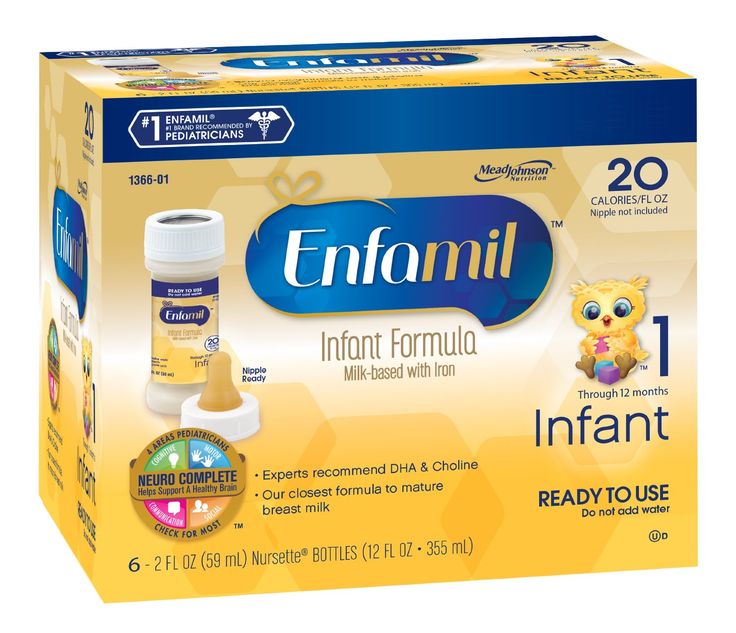 Contains calcium, sodium, protein, vitamin A, vitamin C, iron, vitamin B1, vitamin B2, niasin.)
Contains calcium, sodium, protein, vitamin A, vitamin C, iron, vitamin B1, vitamin B2, niasin.)
http://www.pregnancy.h2.ru/baby/kormlenie/cereals.htm#gerber
Multi Grain Gerber (Oatmeal, Barley Flour, Corn Flour, Calcium Phosphate, Contains Less than 5% Soy Oil and Monoglycerides. Contains Calcium, Sodium, Protein, Vitamin A, Vitamin C, Iron, Vitamin B1, Vitamin B2, Niatin)
http://www.pregnancy.h2.ru/baby/kormlenie/cereals.htm#hipp
Bierchera hipp bio-muesli (Contains vital vitamin B1. No crystal sugar. Contains gluten. Product composition: whole grain flakes oats*, whole wheat flour*, rye* and barley*, millet flakes*, dried bananas* and dried apples*, vitamin B1)
http://www.pregnancy.h2.ru/baby/kormlenie/cereals.htm#sitter
Baby sitter oatmeal (Oatmeal (contains gluten), calcium phosphate, iron furumate, zinc oxide, potassium iodate, sodium selenate, vitamins: A, D3, K1, E, C, B2, B1, B6, B12, niacin, folic acid, pantothenic acid, biotin)
http://www. pregnancy.h2.ru/baby/kormlenie/cereals. htm#sitter
pregnancy.h2.ru/baby/kormlenie/cereals. htm#sitter
Cereal baby sitter (Cereals - semolina, oatmeal, barley, rye (contain gluten), rice, corn starch, buckwheat, calcium phosphate, iron furumate, zinc oxide, potassium iodate, sodium selenate, vitamins: A, D3, K1, E, C, B2, B1, B6, B12, niacin, folic acid, pantothenic acid, biotin)
http://www.pregnancy.h2.ru/baby/kormlenie/cereals.htm#sitter
Baby sitter semolina (Semolina (contains gluten), calcium phosphate, iron furumate, zinc oxide, potassium iodate, sodium selenate, vitamins: A, D3, K1, E, C, B2, B1, B6, B12, niacin, folic acid, pantothenic acid, biotin)
http://www.pregnancy.h2.ru/baby/kormlenie/cereals. htm#milupa
Milupa dairy-free porridge 7 cereals (wheat, oats, rice flour, millet, barley, maize (corn), rye, vitamins, minerals)
http://www.pregnancy.h2.ru/baby/kormlenie/cereals.htm#milupa
Milk-free oat milk (oats, ascorbic acid, vitamin B1)
http://www.pregnancy.h2.ru/ baby/kormlenie/cereals. htm#vinni
htm#vinni
Winnie a mixture of cereals (rice flour, wheat flour, oatmeal, buckwheat flour, vitamin B)
http://www.pregnancy.h2.ru/baby/kormlenie/cereals.htm #beechnut
Beach nat barley Ya (Barley flour, soybean oil, calcium phosphate)
http://www.pregnancy.h2.ru/baby/kormlenie/cereals.htm#beechnut
Beach nat from different cereals
(for a detailed overview of cereals: dairy, dairy-free, fruit and grains - you can look at this address http://www.pregnancy.h2.ru/baby/kormlenie/cereals.htm)
ABOUT MILK PORRIDGE
Separately, I would like to talk about milk porridges and why I recommend only dairy-free porridges for the first and subsequent complementary foods. In my opinion, you should not buy them, since it is not known what kind of milk powder was added there and the fruits there are clearly not fresh and natural. The baby may develop an individual reaction to milk porridge, while there may not be a reaction to dairy-free porridge of the same company (or another company). It is best to always buy only dairy-free cereals, and then, at your discretion, add the milk mixture to which the baby is used to and, if desired, add fresh fruits to improve the taste of cereals and for a change, you can also add vegetable puree. Then the likelihood of a reaction is minimized. I personally know many children who ate gluten-free dairy-free cereals and there was no reaction, but as soon as their mothers bought gluten-free milk cereals with various fruit additives of the same companies as dairy-free ones, the child immediately had a negative reaction to this porridge. The reaction was either to milk powder, which is part of the porridge, or to fruits added to it (apple, banana), or to both fruits and milk powder at the same time. Now it's hard to figure out what the reaction was. But it is known for sure that everything went away as soon as the mother canceled milk porridge and switched to dairy-free porridge (with breast milk, water or mixture).
It is best to always buy only dairy-free cereals, and then, at your discretion, add the milk mixture to which the baby is used to and, if desired, add fresh fruits to improve the taste of cereals and for a change, you can also add vegetable puree. Then the likelihood of a reaction is minimized. I personally know many children who ate gluten-free dairy-free cereals and there was no reaction, but as soon as their mothers bought gluten-free milk cereals with various fruit additives of the same companies as dairy-free ones, the child immediately had a negative reaction to this porridge. The reaction was either to milk powder, which is part of the porridge, or to fruits added to it (apple, banana), or to both fruits and milk powder at the same time. Now it's hard to figure out what the reaction was. But it is known for sure that everything went away as soon as the mother canceled milk porridge and switched to dairy-free porridge (with breast milk, water or mixture).
It is also categorically not recommended to make porridge with cow's milk for at least a year!
Previously, there were no normal mixtures and babies were fed cow's milk and made porridge on them.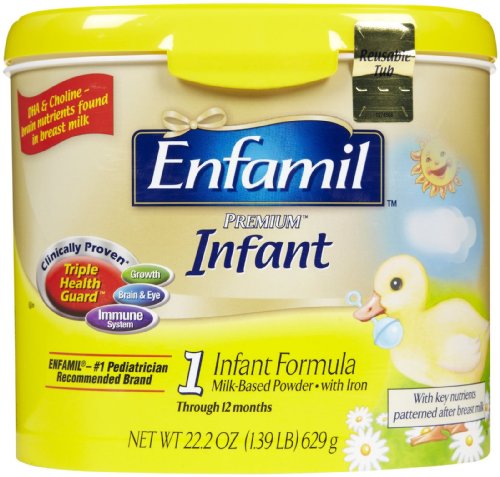 But the fact is that in breast milk and the most adapted mixtures (approximate in composition to breast milk), the ratio of whey protein and casein is somewhere around 60% to 40%. In undiluted cow's milk and fermented milk products made from it, the protein content is twice as high, and the ratio of whey protein to casein is 20% to 80%. The kidneys of young children cannot handle excess sodium, which is probably why nature has made breast milk a very low sodium diet (only 5mg sodium per 235g compared to 120mg in cow's milk). Therefore, cow's milk is poorly digested, creating an increased burden on the kidneys and metabolic system of the baby.
But the fact is that in breast milk and the most adapted mixtures (approximate in composition to breast milk), the ratio of whey protein and casein is somewhere around 60% to 40%. In undiluted cow's milk and fermented milk products made from it, the protein content is twice as high, and the ratio of whey protein to casein is 20% to 80%. The kidneys of young children cannot handle excess sodium, which is probably why nature has made breast milk a very low sodium diet (only 5mg sodium per 235g compared to 120mg in cow's milk). Therefore, cow's milk is poorly digested, creating an increased burden on the kidneys and metabolic system of the baby.
Cow's milk does not contain all the nutrients that a baby needs in the first months of life, and, as I wrote above, it contains significantly more salt and protein than breast milk or formula, and this excess causes excessive burden on the kidneys. It also lacks iron. Babies who eat exclusively cow's milk, as well as those who receive an artificial formula that is not enriched with iron, require iron supplements in the form of vitamin and mineral drops (later, iron-fortified porridge can make up for the lack of this element).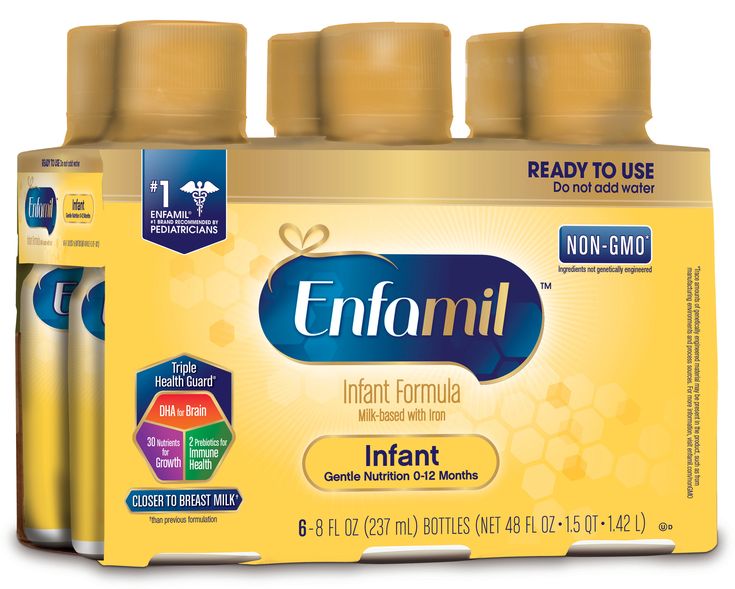 In addition, cow's milk causes some bleeding in the intestines in some babies. Although blood passes through the stool and is usually not visible to the naked eye, bleeding is a health hazard for the baby because it can lead to anemia.
In addition, cow's milk causes some bleeding in the intestines in some babies. Although blood passes through the stool and is usually not visible to the naked eye, bleeding is a health hazard for the baby because it can lead to anemia.
I still give my daughter (she is a little over two years old) dairy-free cereals, without sugar or salt. I boil it in water, then I add a little mixture and, if desired, a banana, apple, peach, etc. Until the age of 4, I made porridge only on water, and then I began to add an age-appropriate mixture (we use Frisomel, Nanny, Enfamil Junior). Until the age of one, she ate cereals without fruits, without milk, salt or sugar. Having tried the porridges of many companies (almost all the companies have tried), we opted for Baby Sitter porridges.
And it is absolutely impossible even to think about milk porridges on any milk in case of digestive problems, lactase deficiency, etc.
NUTRITIONAL VALUE OF PORRIDGE
Buckwheat has the highest nutritional value. In second place in terms of nutritional value are cereals, which are produced from oats. Semolina is made from wheat, it contains relatively little fiber, is rich in vegetable protein and starch, and is very well absorbed. True, the content of vitamins and minerals in it is much lower than in buckwheat and oatmeal. Rice is the most starchy cereal, but it has few vegetable proteins and is relatively poor in minerals and vitamins. Due to the low fiber content, rice is easy to digest and absorb, so it can be given to babies who have digestive problems. Millet is made from millet. In terms of its nutritional properties, it is inferior to other cereals, because it is difficult to digest. However, millet has more phosphorus, potassium, magnesium and especially iron than semolina and rice cereals. Barley and barley groats are made from barley. They are relatively rich in potassium, phosphorus, and iron. However, they contain a lot of fiber, they are difficult to digest, and it is better not to give them to babies.
In second place in terms of nutritional value are cereals, which are produced from oats. Semolina is made from wheat, it contains relatively little fiber, is rich in vegetable protein and starch, and is very well absorbed. True, the content of vitamins and minerals in it is much lower than in buckwheat and oatmeal. Rice is the most starchy cereal, but it has few vegetable proteins and is relatively poor in minerals and vitamins. Due to the low fiber content, rice is easy to digest and absorb, so it can be given to babies who have digestive problems. Millet is made from millet. In terms of its nutritional properties, it is inferior to other cereals, because it is difficult to digest. However, millet has more phosphorus, potassium, magnesium and especially iron than semolina and rice cereals. Barley and barley groats are made from barley. They are relatively rich in potassium, phosphorus, and iron. However, they contain a lot of fiber, they are difficult to digest, and it is better not to give them to babies.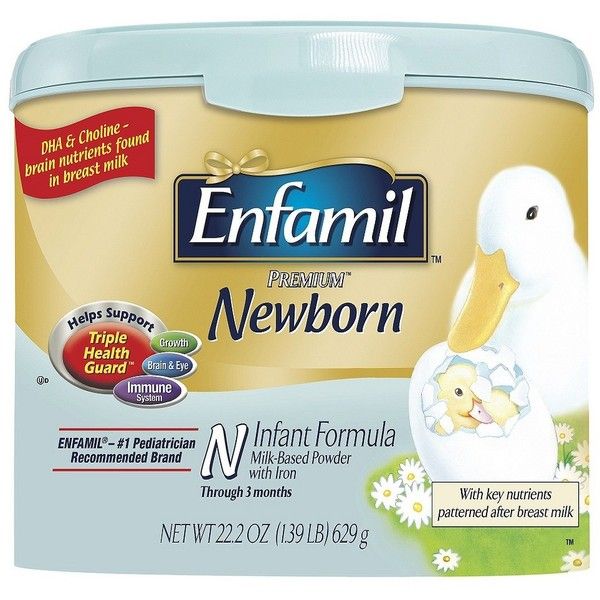 Corn groats are rich in starch, they have little phosphorus, calcium, but enough iron and vitamin PP.
Corn groats are rich in starch, they have little phosphorus, calcium, but enough iron and vitamin PP.
HOW TO GIVE?
Never give even the smallest child porridge from a bottle. It’s better to make thin porridge and give it from a spoon, let the baby eat a little, but it’s right! For a baby in the first complementary foods, the amount of food is not so important, for him it is still only an introductory, trial, and not satiating. When feeding from a bottle, food does not undergo enzymatic processing of saliva, which negatively affects the digestive process. The fact is that in the baby's saliva there are special enzymes - amylase and lysozyme. When food enters the baby's mouth from a spoon, it has time to completely, so to speak, be saturated with saliva, and enters the stomach already thoroughly "soaked" in saliva. And amylase is very helpful in digestion and the breakdown of food. It is already in the stomach helps to quickly break down food into smaller components and thus it contributes to faster digestion.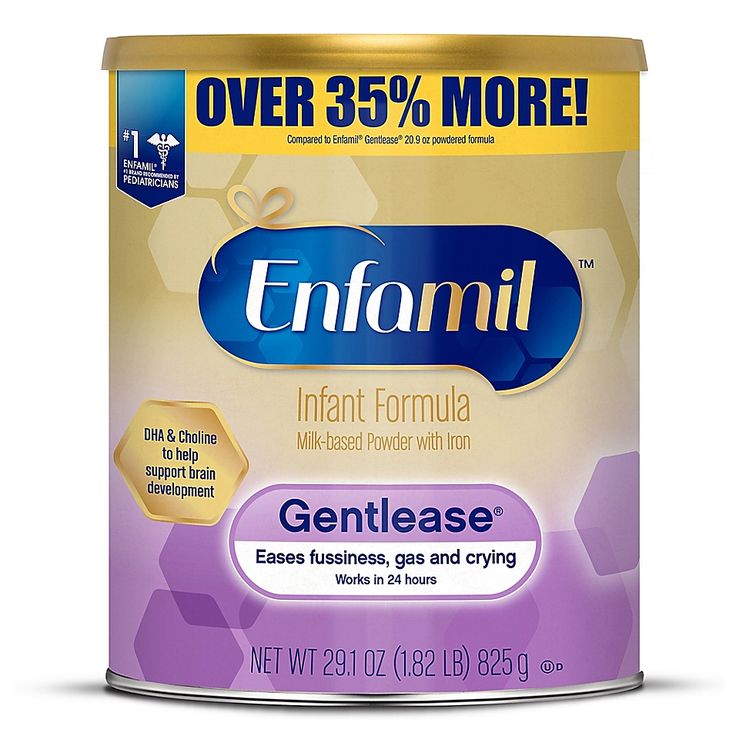 When the baby is given food from a bottle, it does not have time to soak in saliva and almost immediately gets into the throat, without lingering in the mouth. Thus, it enters the stomach without primary treatment with amylase.
When the baby is given food from a bottle, it does not have time to soak in saliva and almost immediately gets into the throat, without lingering in the mouth. Thus, it enters the stomach without primary treatment with amylase.
To minimize a possible allergic or other reaction to porridge, you need to introduce porridge (and any other product) as carefully as possible, especially if the baby is prone to diathesis, allergies, constipation, diarrhea, etc.
Offer a new porridge at the end of a feed, if possible mix it with an old familiar food for the baby. If you are breastfeeding, then let's drink each new complementary food to the baby with a breast (at his request, of course), this will help the baby digest and assimilate a new product for his gastrointestinal tract. If the baby is bottle-fed, then it is optimal to give a little familiar mixture after introducing a new product. If this is not the first complementary food for the baby, then mix the porridge with the "old" (familiar to the child) food.
This is done to prepare the gastrointestinal tract for new food, so that it would be easier for the enzymatic systems, intestines, stomach to work, digesting "familiar food". By introducing complementary foods at the end of feeding, you will not "take by surprise" the child's body and do not harm him.
The lower doses you start with, the better. The smaller the initial amount of porridge, the slower it increases, the less likely the occurrence of diathesis.
WHEN TO GIVE?
The inclusion of porridge in the baby's diet depends only on the baby and his mother. Traditionally, if the baby has a lack of weight, if the baby is thin, then it is advisable to start complementary foods with cereals. If the baby is chubby, if he has a small (or large) overweight, then it is best to start complementary foods for such a baby with mono-vegetable puree.
The time of day for entering porridge is of no fundamental importance. Traditionally, porridge is given either in the morning or for dinner.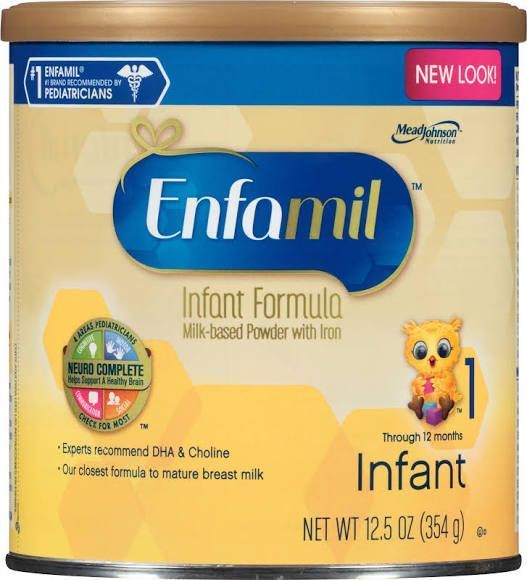 But for the first feeding, it is better to choose the morning time in order to see during the day what the baby's reaction to the new product will be. If you give a new product at night, you may not notice it. When you have already introduced porridge into the child's diet and made sure that the baby reacts normally to it, you can give porridge at night (or leave it like that in the morning).
But for the first feeding, it is better to choose the morning time in order to see during the day what the baby's reaction to the new product will be. If you give a new product at night, you may not notice it. When you have already introduced porridge into the child's diet and made sure that the baby reacts normally to it, you can give porridge at night (or leave it like that in the morning).
IF THE BABY REFUSES porridge
Unfortunately, not all kids like porridge, many simply refuse to eat it. If your child is one of them, do not insist, try to outsmart him: change the appearance of the dish or pick up a replacement in the form of a different porridge.
For older children, prepare vegetable and fruit porridge for them, such as rice or millet with pumpkin, oatmeal with apples, fruit and rice pilaf. It is very useful to make casseroles from various cereals with cottage cheese, fruits (fresh and dry) or vegetables.
It is permissible to add some fruit or cottage cheese to the first porridge to change the appearance and taste of the porridge. It is not advisable to add sugar or fructose, salt to the first porridge. If you want to slightly sweeten the porridge, then it is better to add a banana, peach or some other fruit. But, of course, it would be better if it was the baby’s first porridge without additional additives - just cereal and water (milk or mixture). Also, children usually eat porridge very well if you add canned fruit puree to it. You yourself know how diverse fruit purees are on the baby food market, so there should be no problems with the choice.
It is not advisable to add sugar or fructose, salt to the first porridge. If you want to slightly sweeten the porridge, then it is better to add a banana, peach or some other fruit. But, of course, it would be better if it was the baby’s first porridge without additional additives - just cereal and water (milk or mixture). Also, children usually eat porridge very well if you add canned fruit puree to it. You yourself know how diverse fruit purees are on the baby food market, so there should be no problems with the choice.
Idea: when you have introduced different porridges to your baby and you want variety, try mixing different porridges with each other - you will get a very original dish. I myself, and my daughter, too, fell in love with rice-buckwheat porridge (the proportions of porridge to taste), rice-oatmeal and buckwheat-oatmeal. It is very tasty to add cottage cheese to buckwheat porridge. From a year and 8 months, I sometimes began to add a little juice to the porridge.
NEGATIVE REACTION TO PORRIDGE
Quote from the site http://www.med2000.ru/:
"If a child has a negative reaction to a new product, you will know exactly which, in addition, the load on the body" one product "is less than several, and it is easier for the child to adapt.A negative reaction to the introduction of new food can be expressed in diathesis, constipation, diarrhea, other changes in the stool (smell, mucus, greens), etc. In these cases, it is necessary to cancel the introduced product, give the child a week to rest and start introducing You can try to give the complementary food that caused the negative reaction of the child again in two months, when the body has already learned something from other complementary foods.It should be remembered that a negative reaction may not be to a new complementary food, but to other "life factors", but it is better for the child to cope with them without additional burden in the form of new food.If the child "spits" with a new product, then it should be canceled, because the child is not tasty. You will change and eat everything or almost everything. Try not to judge the taste of baby food - something that is tasty to a newborn may seem like a big muck to you. This is normal, because the taste of children under one year is very different from the taste of adults. "
You will change and eat everything or almost everything. Try not to judge the taste of baby food - something that is tasty to a newborn may seem like a big muck to you. This is normal, because the taste of children under one year is very different from the taste of adults. "
Rules for the introduction of complementary foods for a child 4 - 12 months old: the first complementary foods, menus, charts, tables, baby nutrition principles
Modern principles of complementary feeding of children is a kind of fusion of practical experience and the latest scientific developments. They are based on the recommendations of the European Association of Pediatric Gastroenterologists, Hepatologists, Nutritionists ESPGHAN , the American Academy of Pediatrics AAP and national recommendations of relevant ministries and associations.
Complementary foods: online course
Modern recommendations are based on the analysis of the results of many studies on the composition, timing of the introduction of complementary foods in Europe for healthy full-term newborns, taking into account various aspects of the introduction of complementary foods, its impact on indicators of physical and mental development.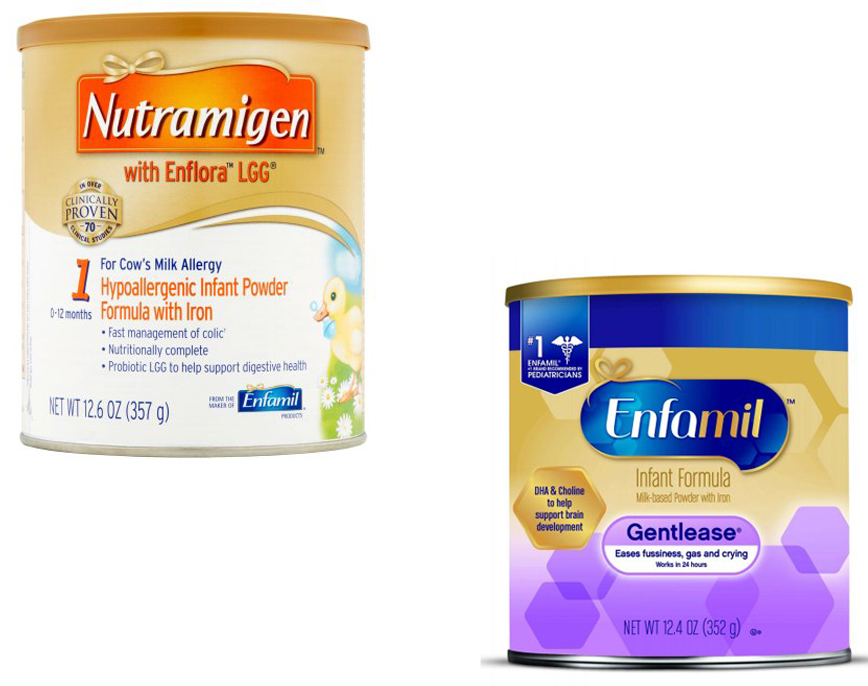 Timely introduction of complementary foods contributes to the optimal development of all systems and organs of the child, physical parameters, psychomotor development, and the activity of the nervous system. The period of introduction of complementary foods is very important for the growth and development of the child, as well as an outstanding stage in the transition of the child from breastfeeding to feeding from the general table.
Timely introduction of complementary foods contributes to the optimal development of all systems and organs of the child, physical parameters, psychomotor development, and the activity of the nervous system. The period of introduction of complementary foods is very important for the growth and development of the child, as well as an outstanding stage in the transition of the child from breastfeeding to feeding from the general table.
- It is inappropriate to develop separate recommendations for the introduction of complementary foods for breastfed or artificially fed children, the approaches in these cases are the same
- Maternal breast milk remains the gold standard of exclusive breastfeeding for at least 4 months (17 weeks) of an infant's life, up to 6 months (26 weeks), the standard of exclusive or predominant breastfeeding
- The digestive tract and kidney function are mature enough for a baby to accept complementary foods at 4 months of age, and between 5 and 6 months the baby develops the necessary motor skills to consume solid foods.
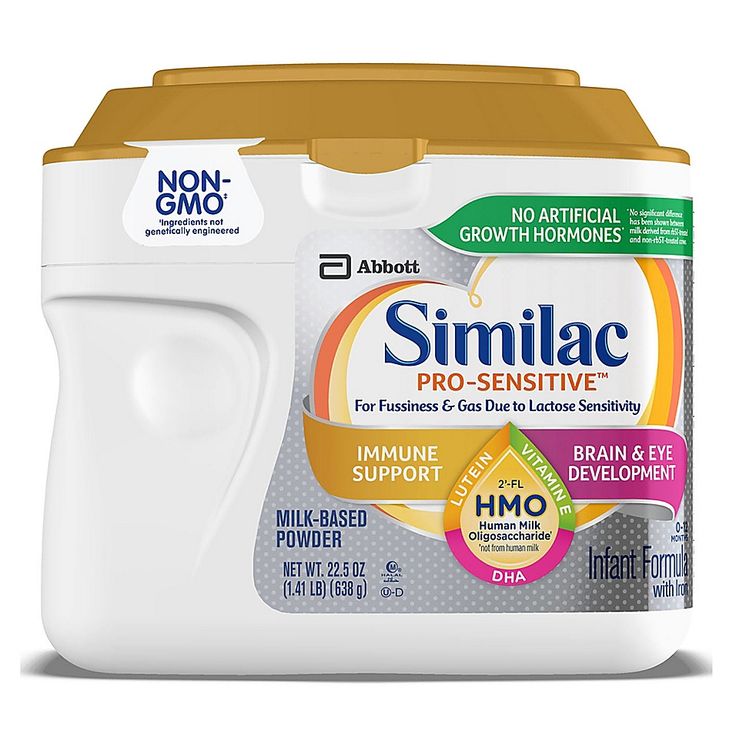 Therefore, at this age it is important to give food of the right consistency and in the right way
Therefore, at this age it is important to give food of the right consistency and in the right way - A well-nourished mother can provide all the nutrients, vitamins, and minerals her baby needs through exclusive breastfeeding up to a maximum of 6 months of age
- Some children may need iron supplementation earlier than 6 months
- It is important to continue breastfeeding in parallel with the introduction of complementary foods. This has been shown to reduce the risk of gastrointestinal and respiratory infections, as well as hospitalizations in a child
- When comparing initiation of complementary foods at 4 or 6 months of age, no significant differences were found in the effect on infant growth and body weight, development of obesity during the first 3 years of life
- At the same time, a high risk of developing overweight and obesity was established with the introduction of complementary foods before 4 months of age
- Complementary foods (solid or liquid food other than breast milk or infant formula) should be started no earlier than 4 months and no later than 6 months
- With age, with the introduction of complementary foods, the child should be offered food varied in texture, texture, taste, smell
- Children have an innate tendency to distinguish and prefer sweet and salty foods, reluctantly eat bitter, which we cannot change.
 But we can shape and adjust the child's taste preferences through training, systematically offering the child foods with different tastes, including sour, bitter green vegetables
But we can shape and adjust the child's taste preferences through training, systematically offering the child foods with different tastes, including sour, bitter green vegetables - Whole cow's milk is not recommended for infants under 12 months of age. The use of cow's milk is associated with the intake of an increased amount of energy, protein, fat, and lower - iron. Therefore, children who consumed large amounts of cow's milk at an early age had a higher risk of developing iron deficiency anemia
- Eating more protein when complementary foods increase the risk of overweight and obesity, especially in individuals with a predisposition to this, so protein intake should not exceed 15% of energy intake during the day
- iron requirements are very high during the entire period of complementary feeding, so iron-rich foods should be ensured, especially for breastfed babies
- Allergenic products can be administered from 4 months of age at any time, since this is the period when immune tolerance to the allergen is formed.
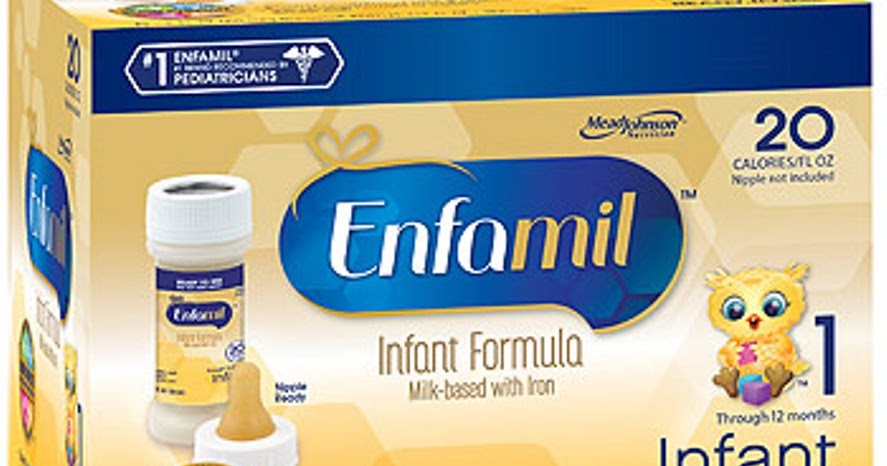 For example, children at high risk of developing allergic reactions to peanuts should be administered at 4-12 months of age under specialist supervision. No relationship was found between the timing of the introduction of allergenic complementary foods and the development of allergic or immunological diseases. However, this does not mean the need for early introduction of allergenic products to everyone, but it emphasizes that there is no need to postpone the introduction of allergenic products after 4 months for a longer period;
For example, children at high risk of developing allergic reactions to peanuts should be administered at 4-12 months of age under specialist supervision. No relationship was found between the timing of the introduction of allergenic complementary foods and the development of allergic or immunological diseases. However, this does not mean the need for early introduction of allergenic products to everyone, but it emphasizes that there is no need to postpone the introduction of allergenic products after 4 months for a longer period; - Gluten can be offered to a child aged 4-12 months, however, large amounts of gluten should be avoided during the first weeks after initiation of its introduction, thereafter a safe amount has not been established. The type of feeding (breast/artificial) was not identified with the introduction of gluten to reduce the risk of developing celiac disease, type 1 diabetes;
- Sugar or salt should not be added to complementary foods, and sweetened drinks and juices should be avoided.
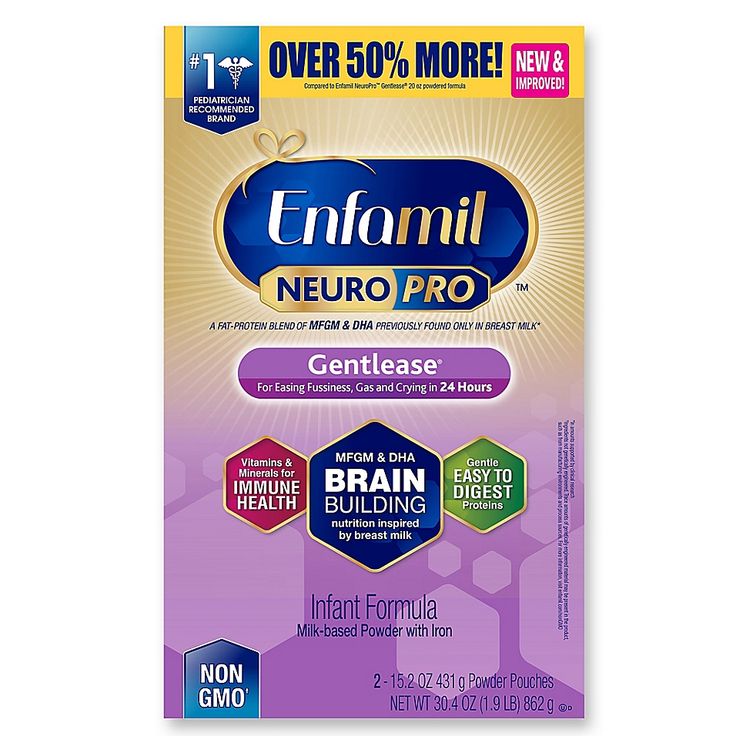 Sugary drinks are liked by babies in the first months, but if they are not given, but after 6 months, the children no longer like them very much. Sugar affects future eating behavior. Sugar is an important factor in the development of caries - it contributes to caries, as glucans can be formed, which increase the adhesion of bacteria to tooth enamel, disrupt the diffusion balance of acid and buffer systems, which ultimately contributes to damage to the enamel.
Sugary drinks are liked by babies in the first months, but if they are not given, but after 6 months, the children no longer like them very much. Sugar affects future eating behavior. Sugar is an important factor in the development of caries - it contributes to caries, as glucans can be formed, which increase the adhesion of bacteria to tooth enamel, disrupt the diffusion balance of acid and buffer systems, which ultimately contributes to damage to the enamel. - Vegetarian diets are contraindicated in young children due to the risk of vitamin B12, iron, zinc, folate, long chain fatty acid, protein and calcium deficiencies, which can lead to irreversible adverse effects and impaired cognitive development;
- Vegetarian diet can only be used under the close supervision of a doctor and nutritionist, with the obligatory additional administration of vitamins B, D, iron, zinc, calcium, proteins, PUFAs, which can ensure the appropriate growth and development of the child.
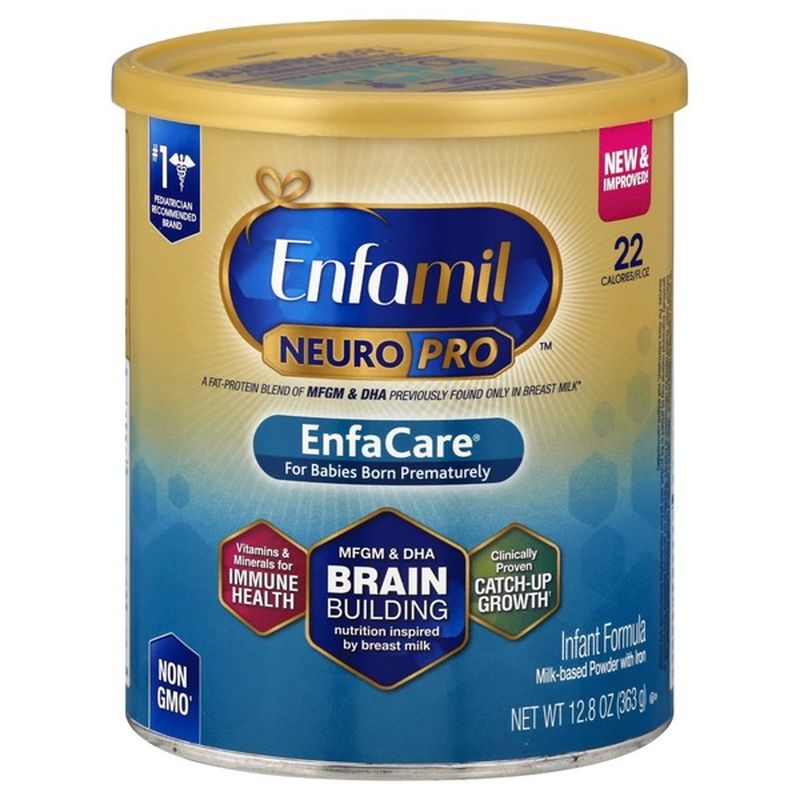 It is important that parents should be aware of the risk of irreversible harmful consequences (mental disability, death of the child) that may develop if they do not follow the recommendations of specialists.
It is important that parents should be aware of the risk of irreversible harmful consequences (mental disability, death of the child) that may develop if they do not follow the recommendations of specialists.
General rules for introducing complementary foods for children of the first year of life:
- Introduce the first complementary foods It is better in the morning feeding in the morning , to trace the reaction of the child to the new product.
- Sugar and salt free .
- Give the first complementary foods to the child when he is calm and not tired .
- Start with 0.5-2 teaspoons. If the child refuses, do not insist, try to give later or the next day.
- If the reaction is normal - no rash, no skin changes, no stool changes, double the dose the next day.
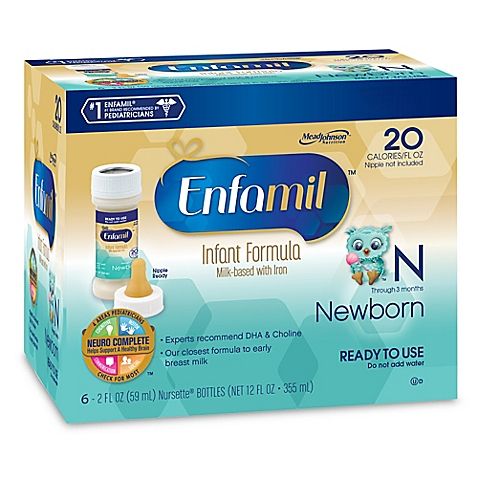 Gradually bring the baby's first complementary foods to the age norm 80-200 g
Gradually bring the baby's first complementary foods to the age norm 80-200 g - If there is an allergic reaction or other intolerance reaction - refuse to introduce this complementary food for three days, if the adverse reaction occurs again - do not give this product, contact your pediatrician.
- Each subsequent new complementary food must be one-component only: marrow, cabbage, broccoli, buckwheat, meat, etc.
- Mixed food dish give when the child has already become acquainted with all the products separately.
- It is not advisable to introduce new products three days before and after vaccinations.
If you are thinking about introducing complementary foods, then your child should already have certain signs of readiness for this:
- Holds head
- Able to stand alone, practically without support, sit on a special highchair with side support
- Opens mouth when a spoonful of food is brought
- Turns away from a spoonful of food when not hungry
- Closes mouth with spoon in mouth holds food in mouth and then swallows rather than pushing or spitting it out
First complementary foods at 4 months
The age of 4 months as the minimum for the introduction of complementary foods was also chosen because at 4 months the child’s gastrointestinal tract becomes more mature: the initially increased permeability of the small intestine mucosa decreases, a series of digestive enzymes, a sufficient level of local immunity is formed, the child acquires the ability to swallow semi-liquid and thicker food, associated with the extinction of the “spoon ejection reflex”.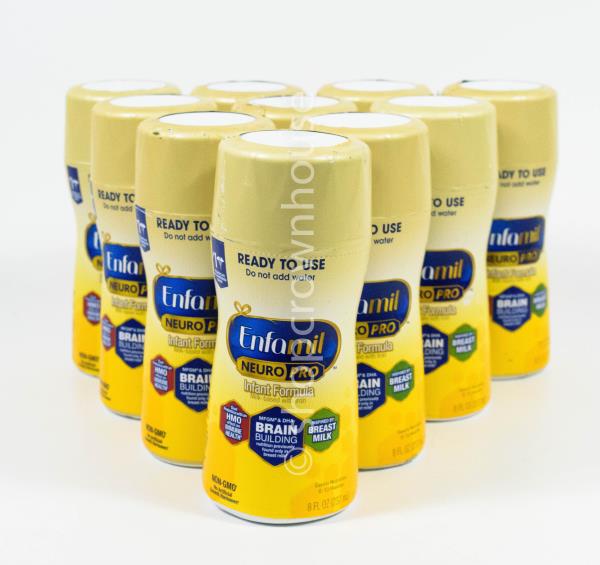
Therefore, to the question whether it is necessary to give complementary foods to a 3-month-old baby , we can unequivocally answer: no, it's too early!
But 4 months, this is the time when you can think about the introduction of complementary foods. At the same time, it should be remembered that at the age of 4 months, the child has enough mother's milk or a highly adapted milk formula for its full development. In addition, when they talk about complementary foods at 4 months, they usually mean the end of the 4th month of life. It is important to continue breastfeeding in parallel with the introduction of complementary foods.
Video: Bedaucrats at 4 months
If you enter Power feeding on the 4th month of the child’s life -this is usually a one-component Vegetable or fruit puree , if the child is not well gained well. , then it can be gluten-free cereals: rice and buckwheat . It is better to start with vegetable puree. Kids are smart and if he tries a sweeter fruit puree, he can refuse vegetable puree for quite some time and you may have difficulty introducing this very healthy dish.
, then it can be gluten-free cereals: rice and buckwheat . It is better to start with vegetable puree. Kids are smart and if he tries a sweeter fruit puree, he can refuse vegetable puree for quite some time and you may have difficulty introducing this very healthy dish.
What is useful in vegetable supplements and what is the best way to prepare it?
Vegetable puree - for the first feeding can be prepared from cauliflower, zucchini, pumpkin, broccoli - these are low-allergenic foods, are among the ten most useful vegetables in the diet of children, contain a large amount of healthy proteins, fiber and vitamins, microelements ! Fiber helps move food through the digestive tract and promote beneficial microflora in the gut. Pectins absorb and remove toxins from the baby's body. Vegetables have a positive effect on the acid-base balance of the body, creating conditions for the proper functioning of all organs and systems.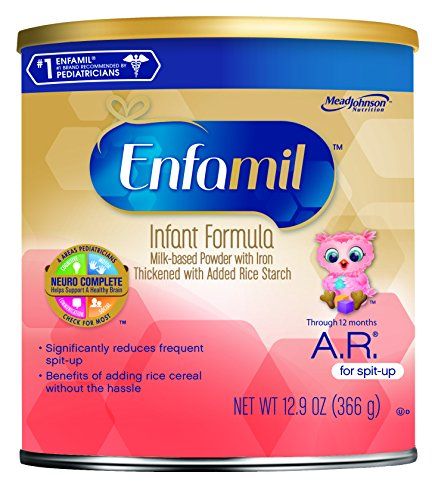
Cauliflower - is a good source of fiber, protein, minerals and vitamins: A, B1, B2, B3 (PP), B6, as well as a small amount of vitamins K, D and tocopherol (vitamin E). In the inflorescences of cabbage there is a lot of magnesium, sodium, potassium, phosphorus, calcium, iron. It contains twice as much iron as green peas, peppers and lettuce. Cauliflower protein is easily digestible and its content is quite high. Cauliflower protein contains essential vitamin U (methionine). It is one of the essential amino acids that cannot be synthesized by the human body. Other essential amino acids are also present in a small amount: arginine, tryptophan.
Zucchini - rich in vitamins and microelements. It contains potassium, magnesium, phosphorus, calcium, vitamins C, B1 and B2 and others, folic acid. Which plays an important role in the processes of hematopoiesis. Zucchini is rich in such important trace elements as iron and copper.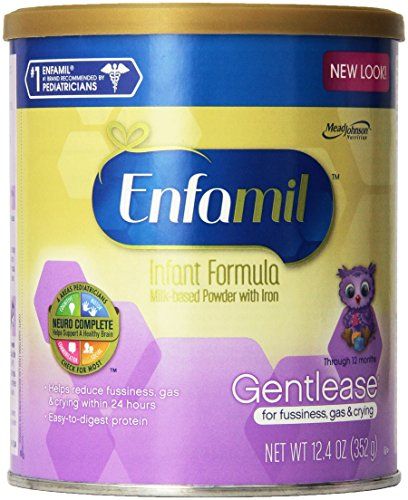 They are necessary for the formation of nervous tissue, normalization of metabolism, as well as for the formation of hemoglobin, which is a good prevention of anemia.
They are necessary for the formation of nervous tissue, normalization of metabolism, as well as for the formation of hemoglobin, which is a good prevention of anemia.
Broccoli is a very useful vegetable, which is a kind of cauliflower. Pleasant soft taste and good digestibility of the product, unique composition have a beneficial effect on the health of both adults and children. Eat unopened cabbage inflorescences. This is also a low-allergenic vegetable, rich in protein, fiber, vitamins, calcium, iron, trace elements and even phytoncides. The content of calcium and magnesium is sufficient to balance the functioning of the nervous system, ensure the normal regulation of the child's sleep and wake cycle, and good stress resistance. A child with such nutrition becomes calmer, less excited and naughty.
Broccoli is the leader in choline and methionine content. Only 50 g of broccoli provides the baby with a full set of nutrients for a day.
Pumpkin is the largest vegetable on Earth.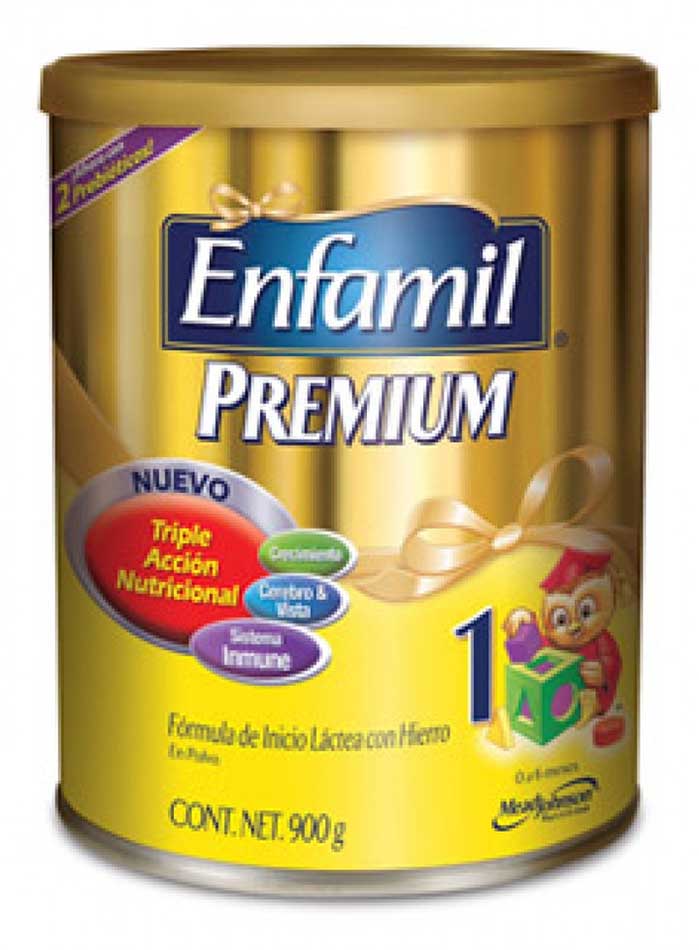 It is one of the ten most useful vegetables in the diet of children, contains a large amount of useful proteins, fiber and vitamins, including beta-carotene, vitamin C, E, K, iron, potassium, magnesium, trace elements that are indispensable for children's nutrition, as they strengthen immunity and help fight inflammation, have a beneficial effect on the nervous system. By the content of carotene, pumpkin exceeds carrots by 5 times.
It is one of the ten most useful vegetables in the diet of children, contains a large amount of useful proteins, fiber and vitamins, including beta-carotene, vitamin C, E, K, iron, potassium, magnesium, trace elements that are indispensable for children's nutrition, as they strengthen immunity and help fight inflammation, have a beneficial effect on the nervous system. By the content of carotene, pumpkin exceeds carrots by 5 times.
Vitamins and microelements contained in pumpkin help the child grow, provide healthy sleep, are responsible for the condition of the skin and eyes, improve metabolic processes, and accelerate the removal of harmful substances from the child's body. Due to its beneficial qualities, pumpkin can be one of the first types of complementary foods for an infant.
All vegetable purees have a specific vegetable smell, this is absolutely normal
0149
Introduction of vegetable puree
Vegetables should be introduced into the child's menu gradually. Start giving each new vegetable in the form of a monocomponent puree in the amount of ½ teaspoon, preferably at breakfast, so you can track the manifestations of food allergies or intolerance reactions to this product. If all is well, then the next day, offer him a teaspoon. So gradually you need to bring the portion to 50-100 grams. A serving of vegetable puree per day for an 8-month-old baby is approximately 80 grams. In a year, you can increase up to 150 grams. The next product can be administered no earlier than 4-5 days later. If a child has skin rashes, his stool has changed, then you need to remove the product from the diet and consult a pediatrician.
Start giving each new vegetable in the form of a monocomponent puree in the amount of ½ teaspoon, preferably at breakfast, so you can track the manifestations of food allergies or intolerance reactions to this product. If all is well, then the next day, offer him a teaspoon. So gradually you need to bring the portion to 50-100 grams. A serving of vegetable puree per day for an 8-month-old baby is approximately 80 grams. In a year, you can increase up to 150 grams. The next product can be administered no earlier than 4-5 days later. If a child has skin rashes, his stool has changed, then you need to remove the product from the diet and consult a pediatrician.
If the child did not like the dish, for example, broccoli, do not give up and continue to offer this vegetable in small quantities - 1-2 spoons a day, maybe not even once, but 2-3 times before meals, and after 7 - 10, and sometimes 15 days, the baby will get used to the new taste. This diversifies the diet, will help form the right taste habits in the child.
Fruit puree introduction
Fruit puree is a definite alternative and addition to vegetables. It can be made from apples, bananas - by the way, do you know what a berry is?, sweet varieties of pears. These fruits contain substances useful for babies, vitamins and minerals, including iron, which is extremely necessary for children. Prune puree is somewhat separate, it has a good effect on the baby's digestion, especially with a tendency to constipation, and, of course, also contains many useful substances.
Porridges in the nutrition of a child in the first year of life.
Porridge can be introduced into the baby's diet at the end of 4 months or at the fifth, sixth month of life. As a rule, they go as a second food after vegetable or fruit puree. But if your child is not gaining weight very well, or you have been feeding your child with breast milk or infant formula until almost the end of 6 months, then complementary foods can be started with the introduction of cereals.
It is important to start with one-component, low-allergenic cereals which does not contain gluten : this is buckwheat, rice, corn porridge .
gluten-containing cereals include: wheat, oats, rye, barley, millet .
According to modern data the period of introduction of gluten into the child's diet is not of fundamental importance, but the latest recommendations draw attention to the fact that its amount in the baby's diet should not be large. Therefore, it is better to add semolina and oatmeal to other porridge in a limited amount, and not to give it on its own. No relationship was found between the timing of the start of complementary foods that contain gluten and the development of celiac disease in a child. If your child hasn't tried porridge yet, start with a dairy-free, gluten-free, one-ingredient buckwheat or rice porridge.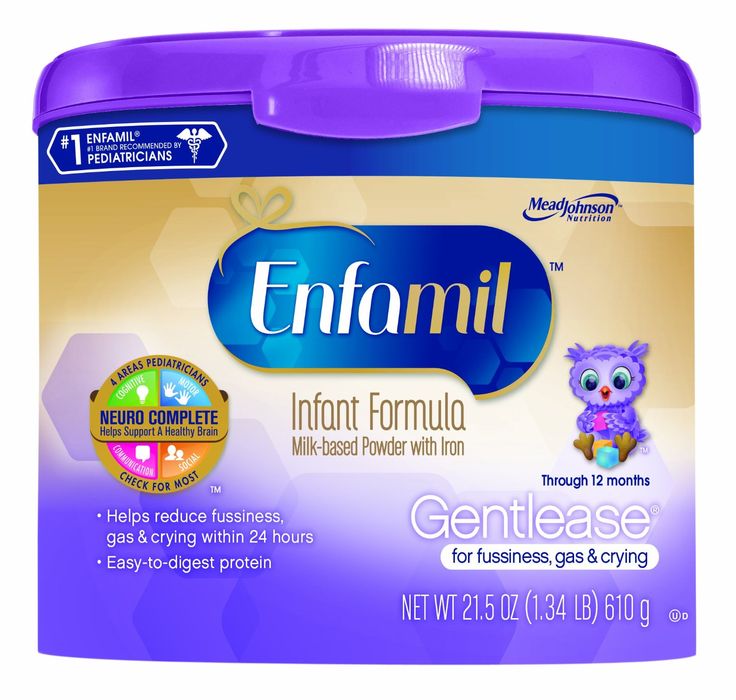
Rice - very useful for growing baby. It has a low content of vegetable proteins, therefore it is easily digested and is especially useful for toddlers with unstable stools. Rice has a high nutritional value and, to a certain extent, protects the delicate intestines of the baby due to its enveloping effect. This is a hearty and nutritious dish with a good content of carbohydrates and proteins, potassium and magnesium, calcium and phosphorus, beneficial amino acids and vitamins. It replenishes energy costs, energizes and gives strength. Rice is not recommended for overweight children and those who suffer from severe constipation.
Gluten-free buckwheat porridge - very nutritious and rich in iron, fiber, rich in various vitamins and microelements. This is also a good option for starting a child's acquaintance with adult food. These porridges can be prepared with water, breast milk, milk formula, which your child is used to. No need to add salt and sugar.
No need to add salt and sugar.
Rules for introducing porridge into baby food
If the child already eats porridge from 5 months, then at 6 months you can offer a more complex porridge - for example, rice porridge with apricot or raspberries, rice porridge with banana (this is very successful a combination both in taste and in its properties) or even more complex porridge - corn-rice with banana.
Over time, apple, banana, pear, plum and prunes, apricot and dried apricots, broccoli, carrots, berries, can be added to the porridge, provided that the child is not allergic to them.
The rules for introducing cereals are the same as for vegetable puree. In order for the child to get used to the new product and its consistency more easily, first prepare 5% porridge (5 g of cereal per 100 g of water), if you make it yourself. Porridge is usually cooked with water, but can be made with breast milk, infant formula.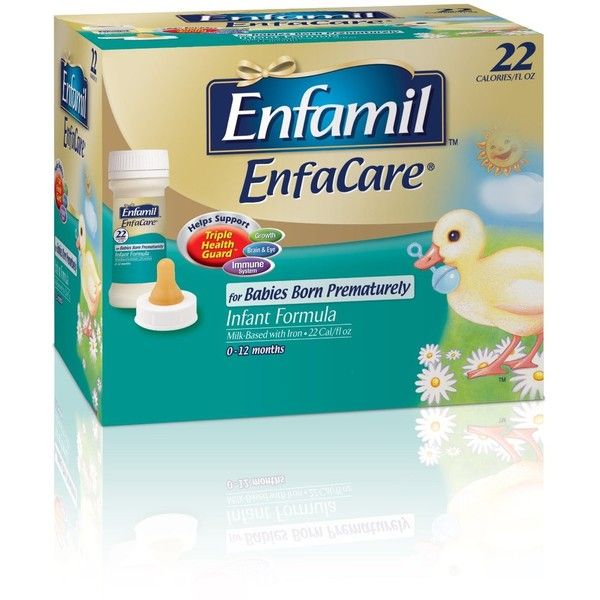 First, give the baby one teaspoon, then, within 7-10 days, bring the volume of porridge of the same percentage to the full volume of feeding (150 g). If all this time the porridge is well tolerated, i.e. there are no skin rashes, the child has stable stools, they switch to a gradual (starting from 20-30 g) introduction of porridge of the same cereal, but already at a 10% concentration (10 g of cereal per 100 g of water). In other words, a thicker porridge is administered no earlier than 7-10 days from the beginning of the introduction of porridge. The complete introduction of 10% porridge to the baby is also carried out in 7-10 days. The third week falls on the complete addiction of the child to a new dish. Only after that you can introduce a new cereal (in the form of 10% porridge) or the next complementary foods.
First, give the baby one teaspoon, then, within 7-10 days, bring the volume of porridge of the same percentage to the full volume of feeding (150 g). If all this time the porridge is well tolerated, i.e. there are no skin rashes, the child has stable stools, they switch to a gradual (starting from 20-30 g) introduction of porridge of the same cereal, but already at a 10% concentration (10 g of cereal per 100 g of water). In other words, a thicker porridge is administered no earlier than 7-10 days from the beginning of the introduction of porridge. The complete introduction of 10% porridge to the baby is also carried out in 7-10 days. The third week falls on the complete addiction of the child to a new dish. Only after that you can introduce a new cereal (in the form of 10% porridge) or the next complementary foods.
Video: feeding porridge
You need to give porridge with a spoon, it is better in the morning for breakfast. After porridge at the stage of its introduction, the child should be offered breast or milk formula. With artificial feeding, the volume of the mixture after a portion of porridge should be such that, together with porridge, it is 200 ml with five meals a day.
After porridge at the stage of its introduction, the child should be offered breast or milk formula. With artificial feeding, the volume of the mixture after a portion of porridge should be such that, together with porridge, it is 200 ml with five meals a day.
Norms for the introduction of cereals
In the future, the volume of the portion of porridge gradually increases, amounting to:
- 7-8 months - 160-170 ml
- 8-9 months - 170-180 ml
- 9-12 months - up to 200 ml (there is a complete replacement of one feeding of the child with complementary foods)
Cereal schedule
- Day 1 – 1 teaspoon (5 g)
- Day 2 - 2 teaspoons (10 g)
- Day 3 - 3 teaspoons (15 g)
- Day 4 - 4 teaspoons (20 g)
- Day 5 - 50 ml (50 g)
- Day 6 - 100 ml (100 g)
- Day 7 - 150 ml (150 g)
Meat complementary foods - the rules for introducing meat into the child's diet
Meat is usually the third, very important product of complementary foods, after vegetables and cereals.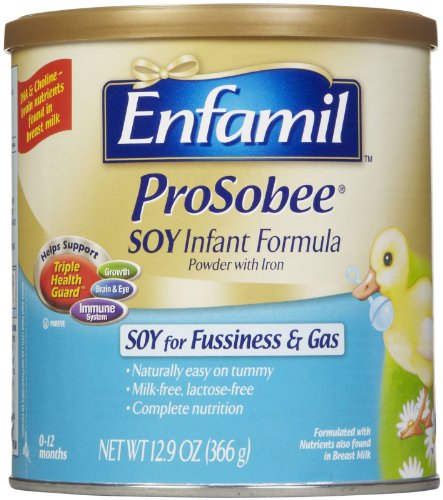 The meat contains amino acids, complete animal protein, B vitamins (B1, B2, B6 and B12), heme iron, potassium, calcium, zinc, phosphorus, which are necessary for the growth and development of the child. It is very important to understand that mashed meat contains iron, which is easily absorbed. And the addition of meat to vegetables improves the absorption of iron from them, from vegetables.
The meat contains amino acids, complete animal protein, B vitamins (B1, B2, B6 and B12), heme iron, potassium, calcium, zinc, phosphorus, which are necessary for the growth and development of the child. It is very important to understand that mashed meat contains iron, which is easily absorbed. And the addition of meat to vegetables improves the absorption of iron from them, from vegetables.
Iron deficiency can seriously affect the intellectual development of the child, his immunity, hematopoiesis. Since your task is to raise a healthy and intelligent child, meat complementary foods must be introduced without fail and in a timely manner.
Heme iron - found in meat products and easily digestible (red meat-veal, liver), absorption is about 25%.
Non-heme iron - found in plant foods (beans, beans, lentils, peas, nuts, tomatoes, cauliflower, green leafy vegetables, apples, dried fruits, but it is absorbed from plants much worse - only 3-5% Iron absorption from other animal products (eggs, fish) is 10-15%.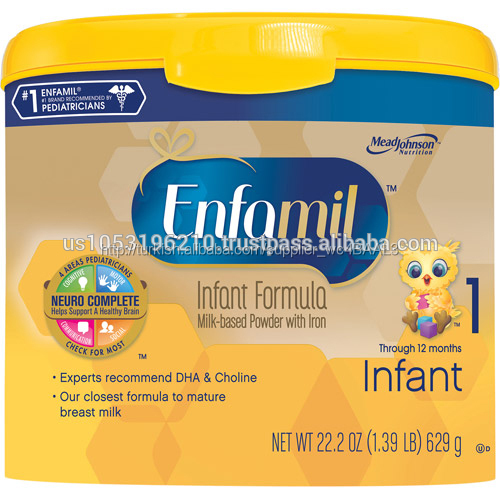 0003
0003
It is important to know that human milk enhances , while cow's milk reduces iron absorption .
Timing of the introduction of meat complementary foods
It is advisable to introduce meat puree to a child aged 6-8 months old . This, to some extent, depends on when cereals and vegetable/fruit purees were introduced. if your baby has been eating vegetables and cereals since 4 months, meat can be introduced at 6 months. From 7 months it can be administered if the child is not gaining weight. From 8 months to children who started complementary foods at 6 months.
Children at risk of anemia are advised to introduce meat earlier at 5-6 months of age.
It has been proven that only the daily use of children's enriched porridge and meat puree can fully meet the needs of children in iron, zinc and other micronutrients.
You can start meat complementary foods with lean beef, veal , but better with less allergenic poultry meat ( turkey, chicken ), or rabbit, these are the most easily digestible meats.
Goose and pork are fatty for the baby, and the meat of duck and other birds of the reservoirs is also not suitable for the first feeding. They are recommended to give only after 3 years;
Horsemeat is perfect for your baby. The product is rich in carbohydrates and proteins, but it is almost impossible to find horse meat for sale.
Meat should be introduced into the child's diet gradually, at lunchtime, first a quarter of a teaspoon and, gradually adding, bring it up to the daily norm: At 8 months, about 50 g, at 9months-60-70 g.
Video: Power feeding meat
Scheme of meat puree 9000
At first, it is better to give meat with vegetable puree, which the child has already eaten, so he will better adapt to the new product, and iron is better absorbed. Children at the end of the first year of life can already be given 3 varieties of mashed meat.
Children at the end of the first year of life can already be given 3 varieties of mashed meat.
Baby menu at 7-8 months
At 7-8 months you can start giving children baby cottage cheese Start with 1/2 teaspoon. Within a month, the daily volume of cottage cheese consumption by a baby can be increased to 30-40 g. In addition, a child of 8 months is recommended to give sour-milk infant formula. But ordinary yogurt from the store should not be given. At this age, the child should receive 5 g of butter and 5 g (1 teaspoon) of vegetable oil, ¼- yolk - 2-3 times a week.
Baby's menu at 9 months old
At the age of 9 months old Your baby is already familiar at this age already usually familiar with: , egg yolk . You may have already met meat . Therefore, at this age, they usually give more complex purees and porridges, less homogenized, of various tastes , gradually preparing him for adult nutrition, increasing the variety and quantity of complementary foods.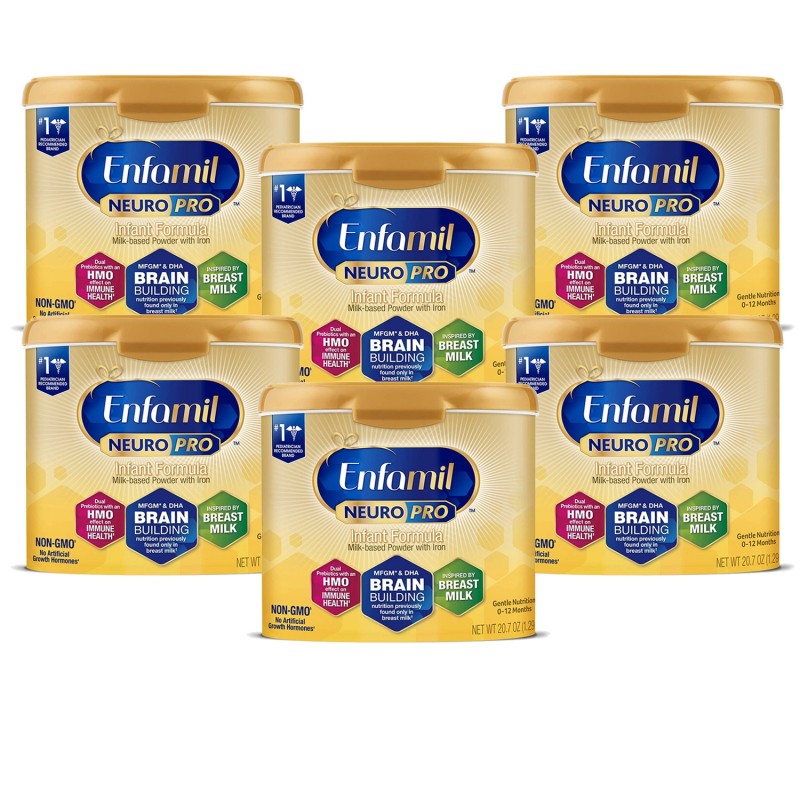 It is desirable to feed the baby at the table with other family members, he must see how his parents eat with pleasure, he learns from them. The amount of food offered should be based on the principles of actively encouraging the baby to eat, it is necessary to continue to gradually change the consistency and increase the variety of complementary foods, adhering to the recommended frequency of introducing complementary foods.
It is desirable to feed the baby at the table with other family members, he must see how his parents eat with pleasure, he learns from them. The amount of food offered should be based on the principles of actively encouraging the baby to eat, it is necessary to continue to gradually change the consistency and increase the variety of complementary foods, adhering to the recommended frequency of introducing complementary foods.
At this age, the child usually gets complementary foods 3 times a day . His diet depends on the age of the start of complementary foods. If the baby began to give new food at 4-5 months, the list of allowed foods will be much wider than if this happened at 6-7 months. Therefore, all this is very individual, there are no absolutely rigid frameworks and recommendations. On the Internet you will find a lot of different advice on baby food, if you are not sure about something, it is better to consult your pediatrician.
From vegetables the baby can be given what he ate before, mixing them: pumpkin, zucchini, cauliflower, broccoli, carrots and others, adding 1 tsp.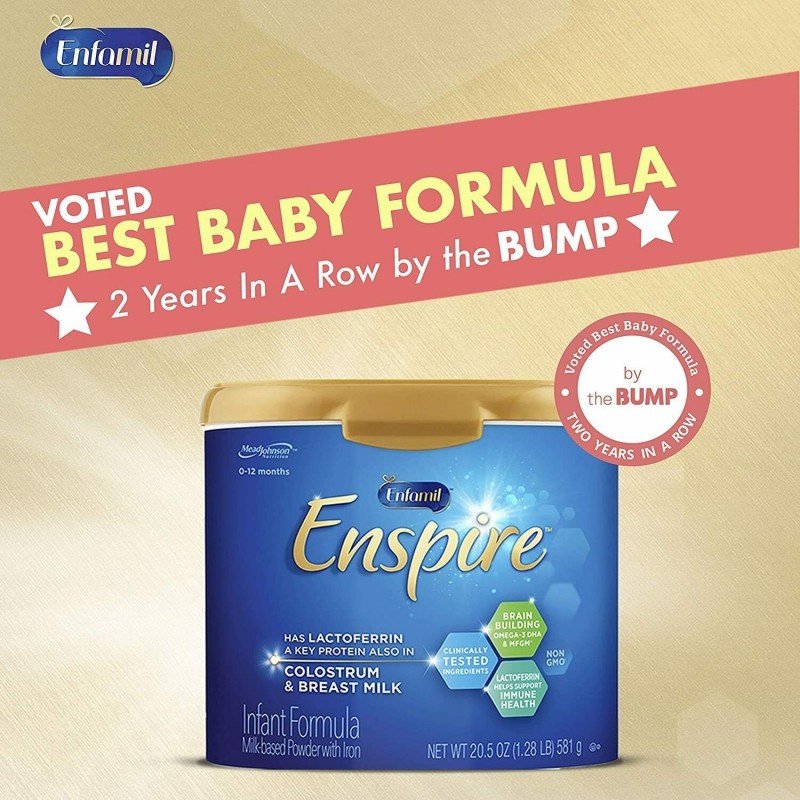 vegetable oil . If the baby does not have skin reactions, then you can give beets . It is also possible to give two-, three-component vegetable purees and soups , but only on condition that he is already familiar with these products and has not had a reaction to them.
vegetable oil . If the baby does not have skin reactions, then you can give beets . It is also possible to give two-, three-component vegetable purees and soups , but only on condition that he is already familiar with these products and has not had a reaction to them.
If you have introduced complementary foods, then you need to remember that water is an important part of baby food. You can use purified water or special water for children .
In addition, at 9 months you can give special baby wheat cookies , which the baby will be happy to eat on his own as an adult, white wheat bread, this improves hand motility, improves eating skills, but at the same time he must be supervised.
At this age, you can start giving fish puree from low-fat varieties: river perch, pollock, hake, haddock, zander, pollack - start with ½ teaspoon, bringing up to 40-50 g , watching the child's reaction , give at lunchtime instead of mashed meat, 1-2 times a week.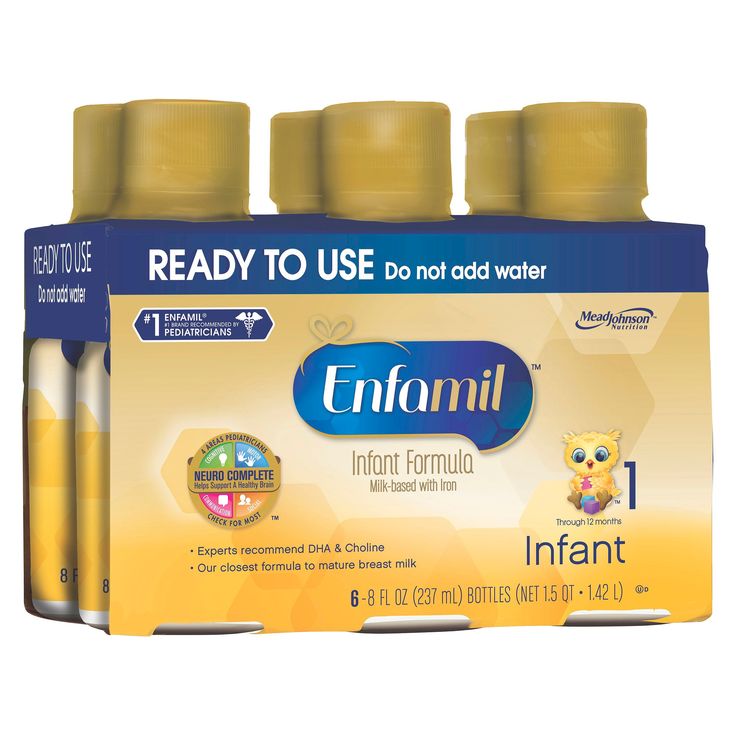 But a number of pediatricians do not advise giving it up to a year, it is a useful, but highly allergenic product.
But a number of pediatricians do not advise giving it up to a year, it is a useful, but highly allergenic product.
10 month old baby menu
B 10 months usually 2 times a day the child receives mother's breast or special milk formulas . Various porridges : buckwheat, rice, corn, oatmeal, wheat, semolina porridge . 5-10 g of butter should be added to cereals . At this age, it is already possible to make complex cereals from 2-3 cereals with which the child is familiar, add various fruits, vegetables: apple, banana, pear, plum and prunes, apricot and dried apricots, broccoli, carrots, berries , provided that the child is not allergic to them, or use ready-made cereals with fruit.
From vegetables the baby can be given what he ate earlier, mixing them: pumpkin, zucchini, cauliflower, broccoli, carrots, beets and others, adding 1 tsp.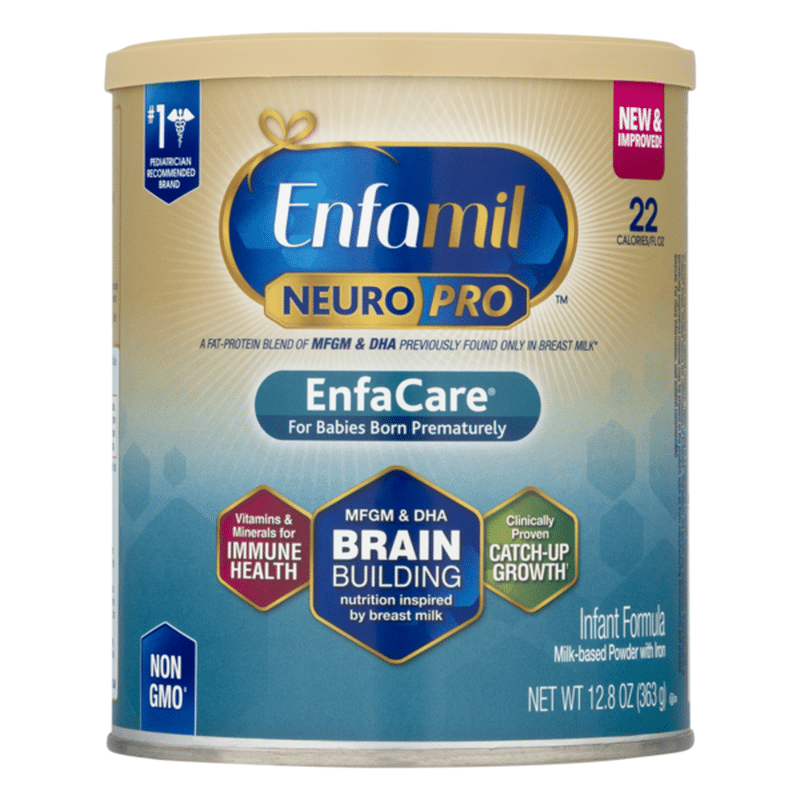 vegetable oil . It is also already possible to give two-, three-component vegetable purees and soups, but only on condition that he is already familiar with these products and he did not have a reaction to them.
vegetable oil . It is also already possible to give two-, three-component vegetable purees and soups, but only on condition that he is already familiar with these products and he did not have a reaction to them.
At this age, the baby already usually eats about 40-50 g of baby meat puree from chicken, turkey, rabbit , with good tolerance to cow's milk proteins from veal or beef. If he has been eating meat for a month or more, you can start giving him two-component meat purees , such as chicken and turkey.
At this age, fish puree from low-fat varieties is usually started: river perch, pollock, hake, haddock, zander, pollack with ½ teaspoon, bringing to 40-50 g, following the reaction of the child, it is better to give at lunch time instead of mashed meat, 1-2 times a week .
At 10 months, children's cottage cheese should be given 2 times a week.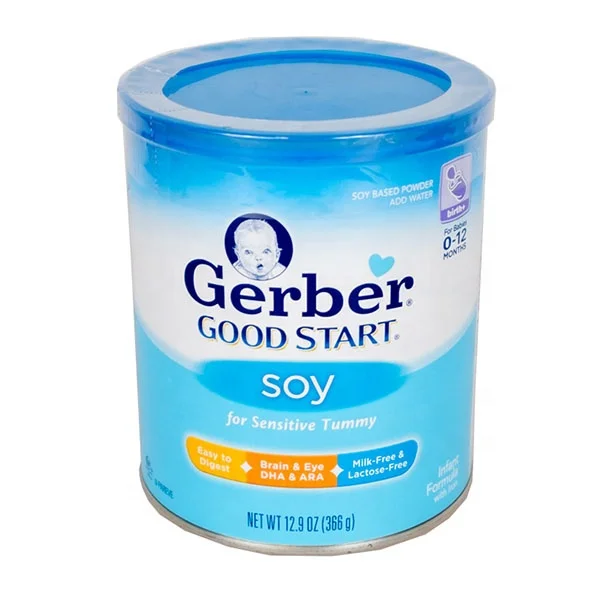 Start with 1/2 teaspoon if you have not given it before, the daily amount of cottage cheese at this age 40-50 g .
Start with 1/2 teaspoon if you have not given it before, the daily amount of cottage cheese at this age 40-50 g .
It is recommended to give special sour-milk baby formulas.
At this age, the child can receive 5-10 g of butter and 5 g (1 teaspoon) of vegetable oil, and 2-3 times a week½ - yolk .
Child's menu at 1 year old
The child is one year old. He has already grown up, he already has 6-10 teeth, with which he gnaws everything he sees, he is interested in chewing food, his digestive enzymes already work well and he has already become acquainted with various products: vegetable and fruit purees, various cereal cereals, meat and fish, sour-milk mixtures. In fact, he is already prepared for the transition to a more adult diet. In a year, changing the diet involves turning to new products and gradually changing the way they are prepared and the degree of grinding.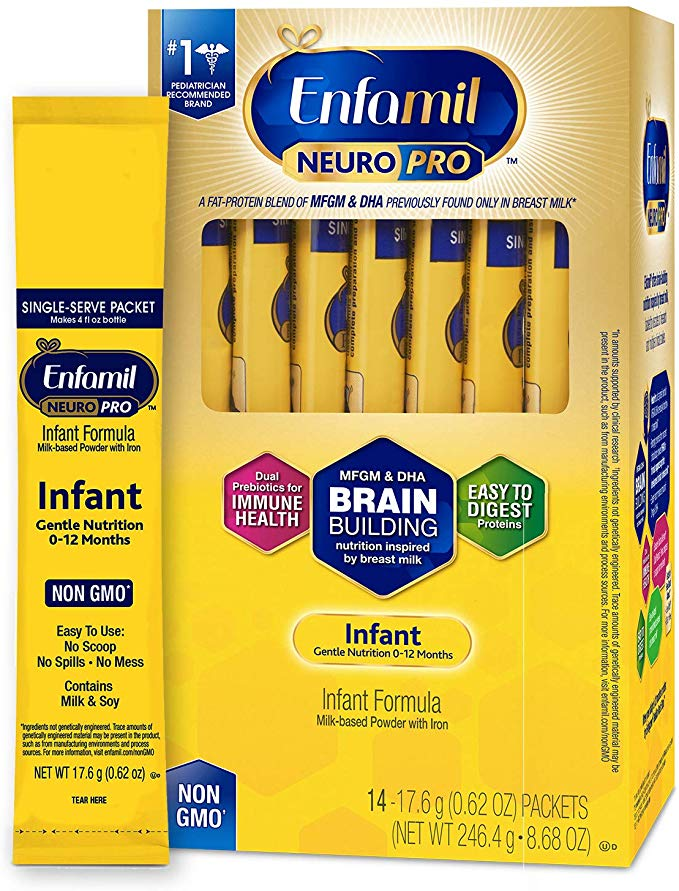
You need to eat 5 times a day with an interval 3.5-4 hours .
semi-liquid dishes , but not only mashed ones, but also containing small pieces of food , should still remain the basis of nutrition. Too dry food should not be given to the baby yet, as he may have difficulty swallowing.
In the year the child already tries to eat with his hands and he should be encouraged to do so. Finely chopped, soft foods can be given eg: small pieces of soft fruit, vegetables, cheese, well-cooked meat, pasta , etc. and foods that dissolve quickly, children's cookies, children's bread - as food with the help of hands.
Must avoid products that can enter the respiratory tract and cause asphyxia - sausages and other hard meat products , nuts (especially peanuts), grapes, raisins, raw carrots, popcorn, round candies .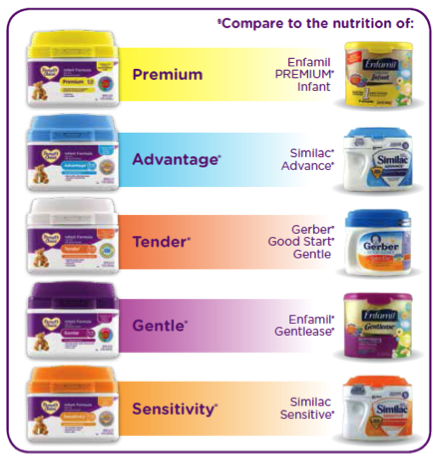 Hold off on this for now.
Hold off on this for now.
In a year, part of the children are without mother's milk. But if your baby is still not weaned - do not rush, if possible, give him a breast before bed at night. You can also breastfeed between main meals. At this age, the child receives all the main vitamins and minerals from food, but he can get a number of biologically active components from breast milk.
Dairy products
Dairy products still occupy an important place in the child's diet, it is a source of calcium, B vitamins, protein, milk sugar and fat. It is better to use special baby milk (marked with a triple on the packaging), baby fermented milk products: kefir, yogurt in total 500-600 ml per day .
Cottage cheese
The child should be given cottage cheese. The daily dose of cottage cheese after 1 year can be increased up to 70 g per day .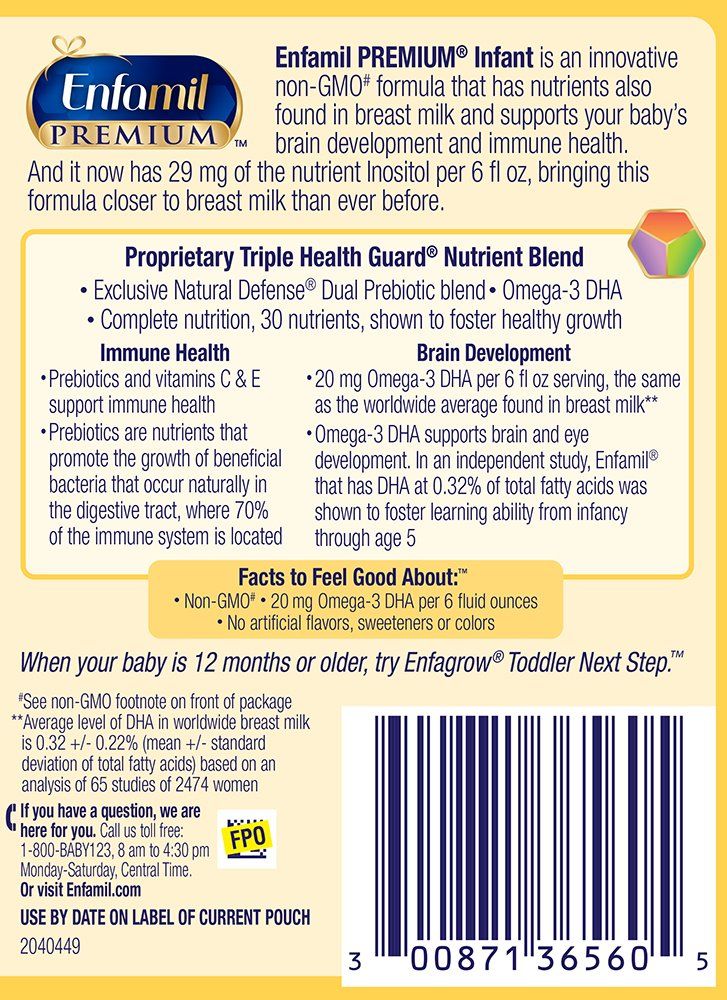 It can be given pureed or combined with fruit puree, pudding, casserole. This contributes to the development of chewing skills.
It can be given pureed or combined with fruit puree, pudding, casserole. This contributes to the development of chewing skills.
Butter
Butter can be added to cereals or smeared on wheat bread, cookies in a dose of up to 12 g per day.
Low fat sour cream and cream
After 1 year you can give low-fat sour cream and cream in small quantities.
Vegetables
Every year a child must be given various vegetables , it is good to combine them with protein products, meat . The vegetable diet can now be diversified with green peas, tomatoes, turnips, beets, carrots, spinach in the form of mashed potatoes. Legumes are still better not to give.
Fruits and berries
After 1 year, you can gradually introduce the baby to new fruits and berries: strawberries, cherries, cherries, kiwi, currants, gooseberries, chokeberries, sea buckthorn, raspberries, blackberries, cranberries, blueberries, lingonberries and even citrus fruits .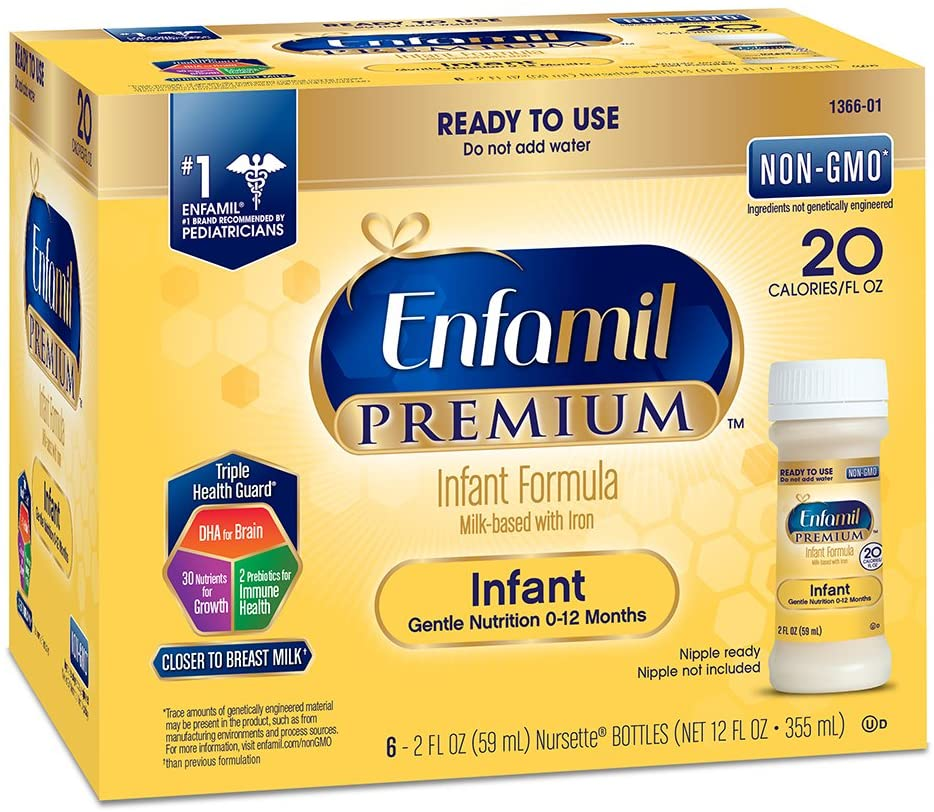 But do it gradually, watching the reaction of the child. Berries with a dense peel (gooseberries) are best mashed, while soft juicy fruits (peaches, strawberries, apricots, kiwi) can be offered to the baby in pieces.
But do it gradually, watching the reaction of the child. Berries with a dense peel (gooseberries) are best mashed, while soft juicy fruits (peaches, strawberries, apricots, kiwi) can be offered to the baby in pieces.
Daily dose of fruits - approx.
Meat products
Meat products can be given in the form of steam cutlets, meatballs, meatballs, meat souffle and pudding in an amount up to 100 g daily - beef, veal, lean pork, rabbit, turkey, chicken.
Fish
Fish can be given once or twice a week for 30-40 g per meal as a substitute for meat dishes
Eggs
Chicken, quail eggs give boiled or in the form of omelettes in milk, you can try with vegetables.
Kashi
Porridge can be cooked from rice, oatmeal, buckwheat, corn, millet, semolina.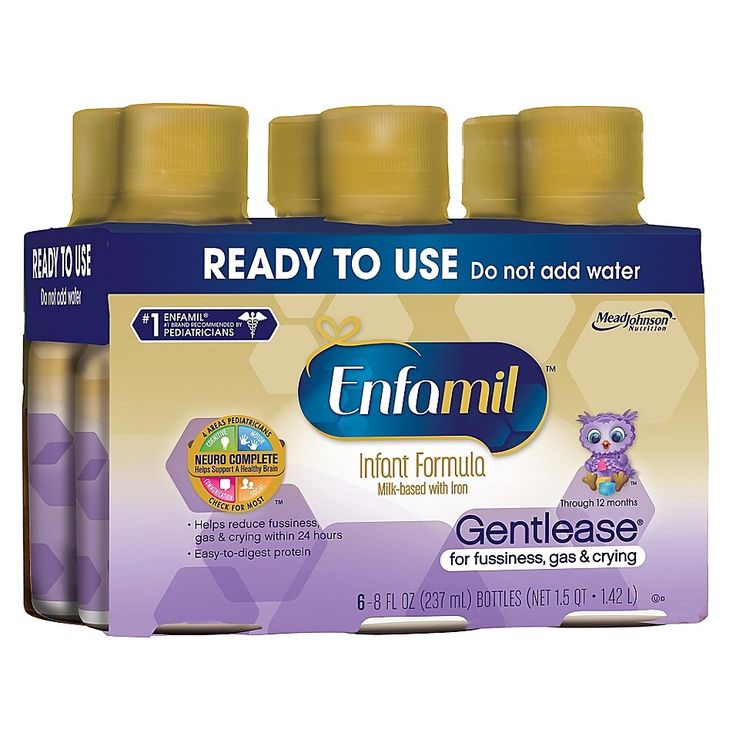 At this age, they should still have a uniform consistency, so it will be easier for him to swallow. You can use ready-made industrial, children's instant cereals, for example, various multi-cereal cereals, in which fruits, crackers, cereals have already been added. Give 1 time per day.
At this age, they should still have a uniform consistency, so it will be easier for him to swallow. You can use ready-made industrial, children's instant cereals, for example, various multi-cereal cereals, in which fruits, crackers, cereals have already been added. Give 1 time per day.
Water
Be sure to give the child to drink clean water, better than bottled water for children, as much as he wants . In addition to her baby can drink vegetable and fruit juices, dairy products, compotes, weak tea.
No need to give:
do not give confectionery and sweets to a child 0148 . From sweets at this age, you can sometimes give marmalade, dried fruits and cookies.
Do not give sausages and sausages , they are rarely prepared from high quality meats and are rich in various food additives
Calories and volume
0146 1200 ml .

